











By Lenie Lectura
AVERTING blackouts in powerhungry Luzon is no easy feat, but reducing the risks could be an easy task if priorities are put in order.
In its latest report, the Institute for Climate and Sustainable Cities (ICSC) said flexibility and decentralization in the country’s system planning and policy-making are the long-term solutions that will help address recurring power supply challenges.
The group said these are crucial to prioritize generation capacity builds, targeted to meet peak demand, which could reach 14,769
megawatts (MW) for Luzon, 3,111 MW for Visayas, and 2,789 MW for Mindanao this year.
“While additional baseload power plants may seem like a solution, they are not well-suited to address the recurring power supply deficiencies,” it said. This is because baseload plants, such as coal-fired power plants, are not built to ramp up their supply of electricity quickly. Forcing them to cycle up and


ICSC’S RECOMMENDATIONS
FLEXIBLE & DISTRIBUTED ENERGY SYSTEMS
n Fast-ramping plants, battery storage,
n Power closer to where it’s consumed =
n Ideal for archipelagic PH geography
DIVERSIFY ENERGY MIX
n Move away from coal-heavy baseload focus
n Support renewables & modular technologies
LOCALIZED MONITORING
n Real-time, granular data can prevent outages
down frequently can lead to more breakdowns and forced outages.
“Instead of relying on more baseload plants, we need to diversify our power generation mix by investing in flexible generation sources like fast-ramping power plants, battery storage, and pumped hydro. These technologies

“The private sector needs to step up. It’s not fair to put all responsibility on the government.”—Energy Secretary Raphael Lotilla
can quickly adjust to meet peak demand and provide the reserves needed to keep the grid stable, making them a better fit for our energy needs,” ICSC said. Furthermore, the group pointed out that securing sufficient reserve capacities via Ancillary Services Procurement
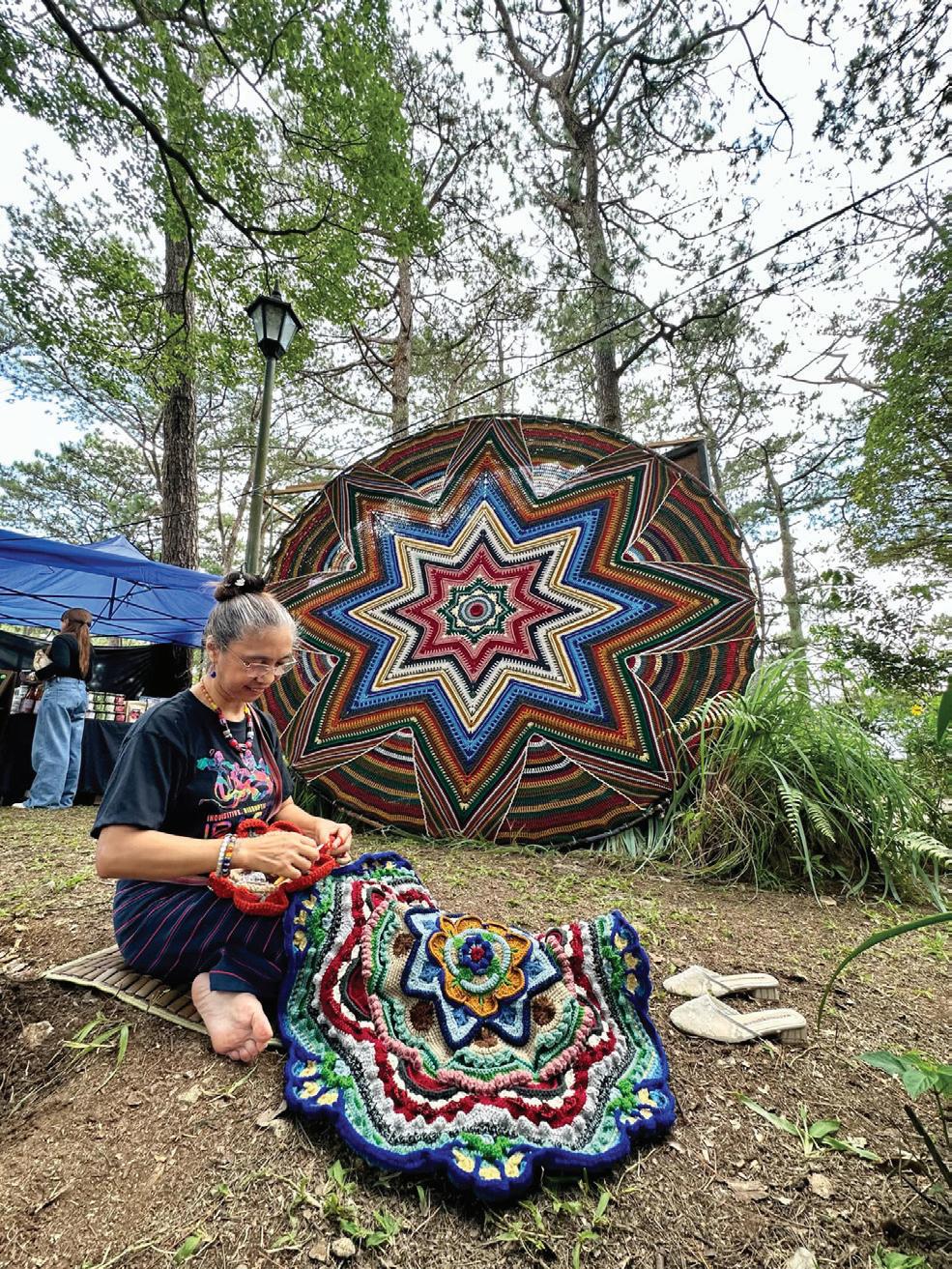
Agreements (ASPAs) or the reserve market will not fully address power supply deficiencies.
This is because reserve capacities are drawn from the same pool of available generators. “To ensure a reliable power supply, it is es -
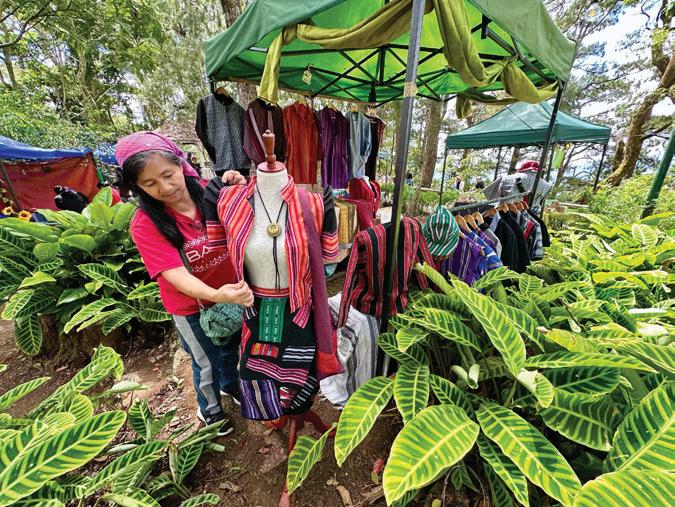

sential to prioritize new capacity builds that enhance grid flexibility and diversify the energy mix,” it added.
ICSC said the recurring issue of power supply deficiency highlights the vulnerability of the current grid system. It therefore suggested a distributed generation which allows power to be produced closer to where it is consumed. “By decentralizing power generation, we can reduce dependence on large, centralized plants and better address localized energy needs. The Philippines’s archipelagic geography makes it particularly ideal for distributed energy systems, which can improve grid resilience and even expand energy access in remote and underserved areas,” it pointed out.
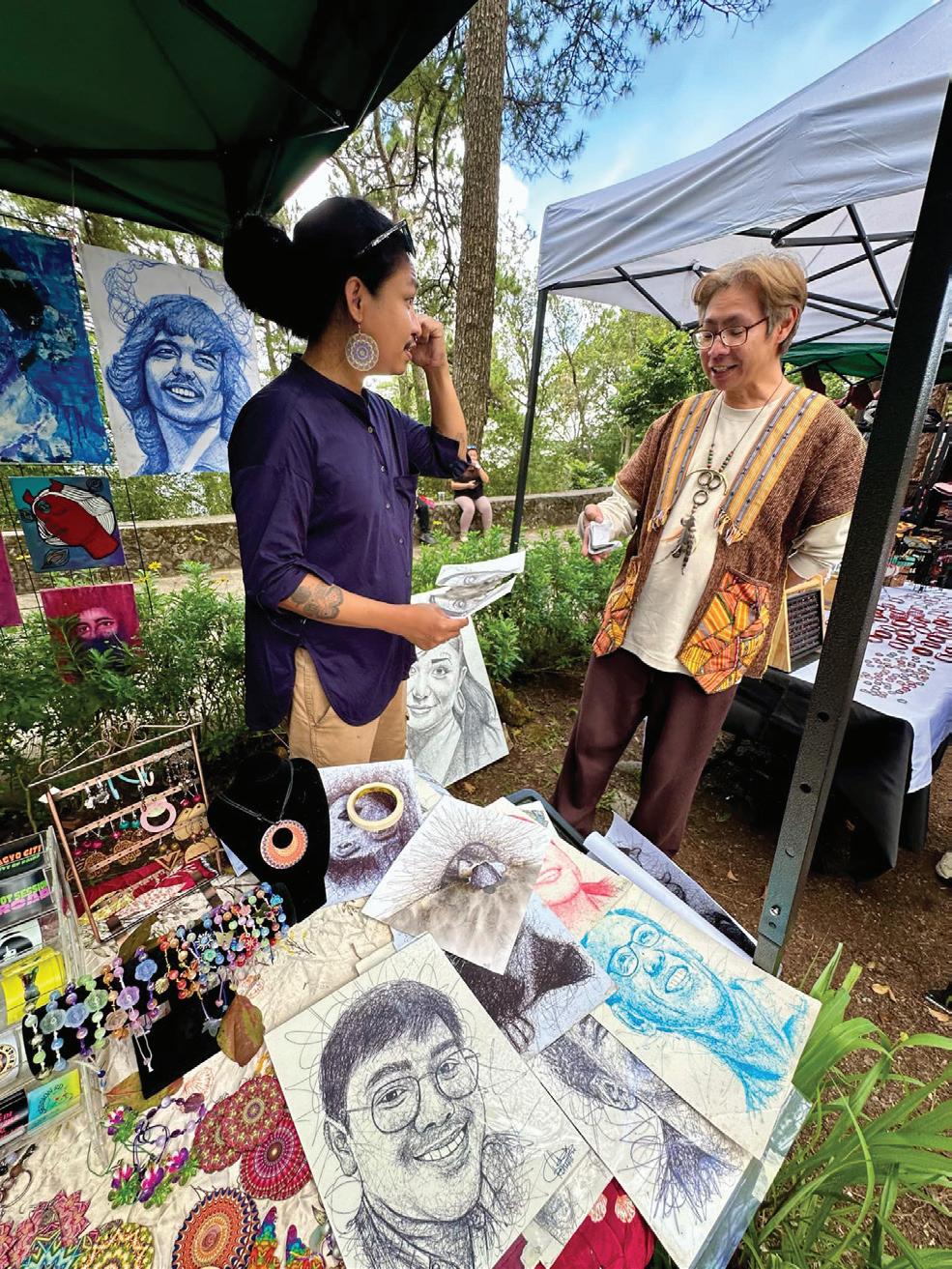
By Will Weissert The Associated Press
Donald Trump promised tariffs that would raise US import taxes high enough to mirror what others assess as trade penalties on American goods.
What he’s actually imposing is based on far more complicated math.
Here’s a look at how the White House got its numbers:
Why do the new tariff rates often differ by country?
THE Trump administration has declared an “economic emergency” to bypass Congress and impose a 10% tariff on nearly all countries and territories. It has set even higher levies for about 60 nations that it says are the “worst” offenders. The 10% global tariffs take effect at 12:01 a.m. Saturday. The higher tariffs set for specific countries are due to kick in at one minute past midnight on April 9.
Among the so-called worst offenders is China, which Trump argues protect its producers through “malicious” trade practices in addition to tariffs. Those efforts include
actions such as imposing value added taxes on all goods, dumping overproduced products on markets to artificially deflate prices, or manipulating currency.
To determine how much higher those nations’ rates should be, the White House says it calculated the size of each country’s trade imbalance on goods with the United States and divided that by how much America imports from that nation. It then took half that percentage and made it the new tariff rate.
Why not just charge reciprocal rates?
THE White House says its calculations kept new tariffs from going even higher for many countries and demonstrate that Trump is being “kind” to global trading partners.
The administration maintains that creating a baseline levy with few exemptions is necessary to keep
China and others from skirting the new tariffs by manufacturing goods and then shipping them to Vietnam, Cambodia, Mexico or elsewhere to then be sent to the US.
That’s why the White House list of tariffed locations includes obscure places like the Heard and McDonald Islands, which are uninhabited. They are 2,550 miles (4,100 kilometers) from the coast of mainland Australia, which claims them as a territory.
Is every country affected?
NO. Canada and Mexico are excluded because they already are facing 25% taxes on most imported goods that Trump announced last month, in an attempt to force both to crack down on fentanyl smuggling into the US.
The White House originally said all others would be affected by at least the 10% tariff. But administration officials clarified on Thursday that countries already subject to stiff US sanctions—for example, Russia due to its invasion of Ukraine, as well as Iran, North Korea, Cuba, Belarus and Venezuela—will not face the new, 10% global base tariff.
Officials said that is because sanctions and other existing barriers mean the US has so little trade with those places that deficits are minimal.

Why is Trump doing this?
THE president has spent months insisting America was at its wealthiest at the end of the Gilded Age in the late 1800s and early 1900s, when it imposed high tariffs as the key means of generating revenue for the federal government.
Trump even suggested Wednesday that the US moving away from higher tariffs and toward a federal income tax in 1913 helped trigger the Great Depression of the 1930s—a claim that economists and historians roundly reject.
A more contemporary explanation might be found in Project 2025, a comprehensive blueprint compiled by leading conservatives about how to shrink the federal workforce and push Washington further to the right. It spelled out how Trump might impose high tariffs around the globe, giving his administration more room to negotiate lower levies with trading partners in exchange for US priorities.
White House officials insist
the new tariffs are more about closing trade deficits, stimulating US manufacturing and generating government revenue than eventually negotiating new trading deals.
But Trump has shown he is willing to back off on threats of tariffs in exchange for offers of concessions. His administration has said the president is always ready to make deals, a sign the new tariffs may prove to be more a bargaining chip than permanent policy.
Flying to Florida aboard Air Force One on Thursday, Trump said of making possible deals to reduce tariffs imposed around the world going forward, “Every country’s called us.”
“We put ourselves in the driver’s seat," he said. "If we would have asked some of these countries, or most of these countries, to do us a favor, they would have said, No. Now they’ll do anything for us.”
Why does US trade imbalances matter?
AMERICAN trade policy created a
US trade imbalance worth $1.2 trillion last year, a gap that some experts believe should be addressed in order to ensure the country’s long-term economic strength. But many economists say the trade imbalances that Trump is looking to correct are based on more than countries just using high tariffs or protectionist trade practices to boost their own exports. Basing the White House’s tariff math solely on trade deficits, for instance, fails to take into account US consumer demand.
Americans relish buying BMWs assembled in Germany, as well as French wine and coffee beans from Guatemala, and their spending can fuel trade imbalances regardless of the tax and tariff policies of the countries producing those goods.
That means any attempt to close US trade gaps by tariffs will likely mean increasing the cost of imported goods that Americans are buying, which in turn could hurt the economy because of increased inflationary pressures.
Continued from A1
Meanwhile, ICSC also proposed a more detailed monitoring strategy to help identify and address potential power supply issues at a localized level before they escalate. “Previous analyses by ICSC have shown that more granular monitoring could have prevented incidents like the Panay Island blackout in January 2024. By focusing on localized data, grid operators can respond more effectively to emerging challenges,” it added.
The Makati Business Club (MBC), meanwhile, emphasized the need to invest more in the country’s grid infrastructure.
It suggested that the executive department issue an order allowing a build-operate-transfer (BOT) scheme for the power grids. This would allow third-party investors, whether private sector, or government-owned and -controlled corporations, to build needed transmission infrastructure, and accelerate grid development.
“Increased investments in grid infrastructure improve the development of renewable energy, and reduce long-term cost, by improving transmission efficiency,” MBC said.
The proposed EO is similar to what the DOE raised in the past.
DOE Undersecretary Rowena Guevarra said that while the agency did not suggest BOT, the agency strongly urged renewable energy developers and third parties to undertake advanced construction of transmission assets. “These assets will be turned over to NGCP (National Grid Corporation of the Philippines). System operation and
transmission network operator is still NGCP,” she said via Viber.
Govt investment not enough: Lotilla
DOE Secretary Raphael Lotilla said last week that government investment, via the Maharlika Investment Fund, in the transmission sector is not enough.
“The private sector needs to step up, too. One thing often mentioned—maybe not publicly, but privately—is the lack of transmission facilities. We’ve seen too many delays in important projects. We need to address these challenges together.
“The private sector needs to share the responsibility for progress, or lack of it, in the energy sector. It’s not fair to put it all on the government. If the private sector is a full partner, it needs to take full responsibility,” Lotilla said.
ICSC’s report titled “Philippine Power Outlook: Reviewing the Adequacy of Power Supply from April to June 2025” laid out the possible scenarios for the three grids in the second quarter.
ICSC Chief Data Scientist Jephraim Manansala is the coauthor of the report.
Citing the 2025 Weekly Demand, Supply, and Operating Margin Profile issued by the NGCP and the DOE in December 2024, the Luzon grid will have normal reserves in April, yellow alerts possible in May, and red alerts possible in June, based on conservative assumptions of forced outages among baseload plants.
Luzon’s tightest period will occur from June 2 to 22. ICSC said maintaining sufficient reserve lev-

els during this period will depend heavily on the timely delivery of committed capacities and the prevention of forced outages in power plants outside the Grid Operating and Maintenance Program (GOMP).
The Luzon grid is projected to export power to the Visayas grid through the 250-megawatt (MW) high-voltage direct-current (HVDC) interconnection from March 31 to June 1 to ensure sufficient reserves in the Visayas. However, it will need to restrict exports, particularly from June 2 to 8, as this is the tightest period for Luzon given the reduced coal generation of around 842 MW forecasted by the NGCP and DOE, potentially leading to red grid alert levels, the ICSC warned.
A red alert signifies that the power supply is insufficient to meet consumer demand and the transmission grid’s operational requirements, potentially leading to power interruptions.
The Visayas grid, on the other hand, can maintain normal reserves in the second quarter, but is completely dependent on imports from Luzon and Mindanao. In addition, yellow alerts are possible in June, as Luzon may restrict exports due to inadequate power supply in the said period.
Transmission constraints still persist in Visayas as it comprises five large island grids. “Incidents like the Panay Island blackouts in January 2024 could have been avoided through more granular monitoring, because by focusing on localized data, grid operators can respond more effectively to emerging challenges,” added the ICSC official.
The Mindanao grid, meanwhile, is projected to maintain normal reserves this summer and is capable of exporting power as a larger supply is available.
Unlike Luzon and Visayas, the Mindanao grid can maintain normal reserves from April to June. With its existing and committed generation capacities, Mindanao can maintain sufficient reserve levels even while exporting 450 MW to Visayas. However, it can reduce exports if necessary to ensure sufficient reserves in its own grid.
“The delivery of committed capacities based on the DOE’s list of upcoming power plants, which are mostly composed of renewable energy power plants, are highly crucial to ensure sufficient reserves for the three main island grids this quarter,” according to ICSC.
Editor: Angel R. Calso
Sunday, April 6, 2025 A3
By Ashleigh Furlong, Clara Hernanz Lizarraga, Rodrigo Orihuela & Julia Janicki
BIG Pharma has aimed some choice words at European countries in recent weeks, including calling the UK “uninvestable” and warning that the region as a whole is fast losing its edge to China. Yet even as Europe is buffeted by change—the clamor for Chinese biotech or, more recently, the rush to appease US President Donald Trump—one country is showing there could still be a way to build up a pharmaceutical industry: by giving companies what they want.
Spain has risen to the top of European rankings for clinical trials, using some of the region’s most generous tax breaks and a relatively speedy regulatory process to reduce the lag from the start of a drug trial to approval. Investors also point to comparable science quality at a cheaper price than rivals.
It’s a package that’s helped persuade AstraZeneca Plc, Novartis AG, Roche Holding AG and others to expand their Spanish footprint in the last few years.
Prime Minister Pedro Sanchez is keen to attract more, and earlier this year gathered the likes of Johnson & Johnson, Daiichi Sankyo Co., Eli Lilly & Co. and Sanofi to Madrid’s Palacio de La Moncloa for talks.
AstraZeneca chose Barcelona—where the UK-based company had just expanded its Alexion rare diseases division—to set up a new research hub in 2023, in part due to its health care ecosystem and quality of life for employees. Initially, it pledged €800 million ($864 million) and 1,000 new roles between 2023 and 2027 in the city. That hiring target was hit last year, so AstraZeneca doubled the goal and upped funding to €1.3 billion. The company’s Spain President Rick R. Suarez said in February it was on track to reach 2,000 hires two years early, raising the possibility of further expansion.
“Spain has become a key market for AstraZeneca globally and within Europe,” Suarez said in an interview, during which “strong public private collaboration” came up often. It’s not just words, he insisted, it’s a “game-changer.”
The government has facilitated work with hospitals in Spain’s state-run system, he said, as well as startups and promising scientists. The mayor of Barcelona has stepped up, with city officials helping new employees, who joined on local contracts, access health care, housing and even secure a driving license.
Biotech executives, scientists and investors told Bloomberg similar stories about officials going the extra mile. Spanish media has reported Sanofi is planning to choose Barcelona for a new research center, though the French drugmaker declined to comment.
Competition
YET even as Spain has shown it can win at the zero-sum game when companies weigh up where to invest, the government is facing calls to do more to lock in its advantage. Pharmaceutical firms can turn on a dime if incentives change.
It’s what the UK discovered when AstraZeneca scrapped plans for a vaccines plant this year over the level of public funding. Many of the company’s projects are “associated with partnerships with local governments,” Chief Executive Officer Pascal Soriot said. It “just happened that we didn’t get the support.”
Amid the public finger pointing, the newly elected Labour government said there was a “remarkably small” difference between its offer and what AstraZeneca agreed with the previous Conservative administration—and it was because the company scaled back its research and development plans at the site.
For critics, it fit a picture of decline—as well as an illustration of how fast trends can change. From a prominent position about a decade ago, the UK now trails in key metrics including drug access and clinical trials, seen as a bellwether for a healthy life sciences industry. It was recently labeled “uninvestable” by an industry lobby group due to soaring costs.
Top-ranked SPAIN has moved in the opposite direction,
and now ranks first in Europe in clinical trials, according to researcher IQVIA. Much of the activity is around Madrid and Barcelona, with their hospitals, research institutions and biotechs.
Funding is a major factor. The government offers tax credits of about 33 percent for large companies’ spending on research and development, well above the European average of 15 percent, according to the Tax Foundation Europe think tank.
There are also tax breaks for employees moving to Spain including the so-called Beckham law, named after ex-Real Madrid star David Beckham, that allows foreigners to pay a lower income tax rate for a fixed period.
For smaller companies like fertilityfocused Oxolife, government support accounts for about 50 percent of their funds, CEO Agnès Arbat told Bloomberg. Spain is also one of the most cost-effective countries in Europe for clinical research and significantly cheaper than Germany or France, she said.
It was the first EU member to adopt the bloc’s directive on clinical trial research, making it more competitive, said Oscar Salamanca, head of the Spanish Association of Contract Research Organizations. For example, it takes three to four months from submitting approval documentation to potentially treating the first patient, he said, compared to at least six elsewhere.
Several executives talked of Barcelona’s appeal. Belgian scientist Valerie Vanhooren came for personal reasons, and reeled off a familiar list of attributes: good hospitals, government support, top notch research.
The CEO of biotech Ona Therapeutics said her company’s breakthrough came via an email from the nearby Hospital Clinic de Barcelona, telling her they had samples for a likely drug target but needed help to develop a treatment.
Sara Secall, general partner at alternative asset manager Inveready, said the life sciences sector has transformed over the past decade. Whereas previously only local investors took an interest, Spain is “on the map finally,” she said.
Challenges
SPAIN’S Health Secretary Javier Padilla said the key to growing the life sciences industry lies with the country’s public health system. Though it is managed by 17 regional governments, it is among the most integrated in Europe and ranks inside the top 10 countries globally for drug purchases, he said.
“It’s not a country that offers high margins, but it has a lot of volume,” he said. That puts it on drugmakers’ radars, while giving the government leverage.
Still, while Spain has increased funding for research and development by more than 50 percent between 2017 and 2023, it’s still well below what Germany, the UK and Denmark spend relative to GDP. Danish firm Novo Nordisk A/S’s windfall from its Ozempic weight-loss drug is fueling economic growth and a booming biotech sector.
Spain also lags rivals including Germany, Switzerland and France in adopting approved drugs, according to Salamanca, who said the government often drags its feet to avoid having to spend more.
“If you’re a patient going for a clinical trial, they’ll give you the latest medication,” he said. “But if you go for a regular consultation, there may not be a reimbursement price for that drug, and so you can’t be treated with it.”
The government wants to address some of these issues, said Padilla. It is working with companies like Johnson & Johnson on funding systems that could be tied to results and looking at ways to lift investment in basic research. It also plans to accelerate adoption of new drugs.
The question is whether Spain’s rise is sustainable as competing threats loom, such as the lure of untapped scientific potential in China, or the industry’s need to get on the right side of Trump’s tariffs. AstraZeneca, for example, recently announced a new $2.5 billion research center in Beijing.
Sanchez’s meeting with pharma executives in February followed a similar one in 2022—sitting back isn’t an option if the premier wants them to keep coming. Bloomberg News

THIS Earth Day, take the first step towards a more sustainable lifestyle with SM Store. As we celebrate our planet and reflect on how we can make a difference, SM Store is here to support your journey to greener living with its wide array of Green Finds items. From eco-friendly home essentials and sustainable beauty products to eco-conscious toys and cleaning solutions, SM Store has everything you need to make more mindful choices.
Green Finds at SM Store is more than just a label—it’s a commitment to a better future. SM Home offers eco-friendly essentials that make sustainable living a part of your everyday routine, including reusable kitchen items, storage solutions made from natural materials, and energy-efficient home improvement products.
Check out SM Home’s line of Green Finds items, including locally sourced and crafted tables that support communities and reduce carbon footprint. For your storage needs, choose the KEA Tasha Keep Sake Box Bone, made of vegan leather that minimizes deforestation, greenhouse gas emissions, and water consumption. For your beddings, consider the Akemi Tencel Brown 3-Piece Queen Bedsheet, made from responsibly harvested and replanted wood pulp.




For the men in the family, SM Store’s Men’s Fashion section carries a line of denim pants which are eco-friendly and sustainably made. Code Blue and Repreve brands are tagged as Green Finds and great options for those looking to build a greener wardrobe. In the beauty aisle, SM Beauty’s selection of eco-conscious skincare, haircare and personal care items help you look good while making environmentally responsible choices. Try the L’Oreal Glycolic-Bright Glowing Cream Day SPF 17 which helps brighten and reduce dark spots for even glowing skin and Quick FX Skin Porefector Ceramide Primer for your facial care which hydrates skin and blurs pores and imperfections while reducing their appearance over time. What stands out with these two products is that they are in better packaging made from materials that support responsibly managed forests or use recycled plastic or paper content. You can also pamper yourself with Naturals by Watsons Lavender Body Scrub which are certified organic lavender from France. This is made of ecofriendly ingredients and contains natural exfoliators for radiant skin. This product is formulated with over 90 percent naturals origin ingredients and 100 percent vegan. It contains certified organic French lavender also known as the “flower of peace” for its smoothing powers.






By Matthew Perrone Ap Health Writer
THE next time you’re due for a medical exam you may get a call from someone like Ana: a friendly voice that can help you prepare for your appointment and answer any pressing questions you might have.
With her calm, warm demeanor, Ana has been trained to put patients at ease—like many nurses across the US. But unlike them, she is also available to chat 24-7, in multiple languages, from Hindi to Haitian Creole.
That’s because Ana isn’t human, but an artificial intelligence program created by Hippocratic AI, one of a number of new companies offering ways to automate time-consuming tasks usually performed by nurses and medical assistants.
It’s the most visible sign of AI’s
inroads into health care, where hundreds of hospitals are using increasingly sophisticated computer programs to monitor patients’ vital signs, flag emergency situations and trigger step-by-step action plans for care—jobs that were all previously handled by nurses and other health professionals. Hospitals say AI is helping their nurses work more efficiently while addressing burnout and understaffing. But nursing unions argue that this poorly understood technology is overriding nurses’ expertise and degrading the qual -
ity of care patients receive.
“Hospitals have been waiting for the moment when they have something that appears to have enough legitimacy to replace nurses,” said Michelle Mahon of National Nurses United. “The entire ecosystem is designed to automate, de-skill and ultimately replace caregivers.”
Mahon’s group, the largest nursing union in the US, has helped organize more than 20 demonstrations at hospitals across the country, pushing for the right to have say in how AI can be used— and protection from discipline if nurses decide to disregard automated advice. The group raised new alarms in January when Robert F. Kennedy Jr., the incoming health secretary, suggested AI nurses “as good as any doctor” could help deliver care in rural areas. On Friday, Dr. Mehmet Oz, who’s been nominated to oversee Medicare and Medicaid, said he believes AI can “liberate doctors and nurses from all the paperwork.”
Hippocratic AI initially promoted a rate of $9 an hour for its AI assistants, compared with about

$40 an hour for a registered nurse. It has since dropped that language, instead touting its services and seeking to assure customers that they have been carefully tested. The company did not grant requests for an interview.
AI in the hospital can generate false alarms and dangerous advice
HOSPITALS have been experimenting for years with technology designed to improve care and streamline costs, including sensors, microphones and motionsensing cameras. Now that data is being linked with electronic medical records and analyzed in an effort to predict medical problems and direct nurses’ care—sometimes before they’ve evaluated the patient themselves.
Adam Hart was working in the emergency room at Dignity Health in Henderson, Nevada, when the hospital’s computer system flagged a newly arrived patient for sepsis, a life-threatening reaction to infection. Under the hospital’s protocol, he was supposed to immediately administer a large dose of IV fluids. But after further examination, Hart determined that he was treating a dialysis patient, or someone with kidney failure. Such patients have to be carefully managed to avoid overloading their kidneys with fluid.
Hart raised his concern with the supervising nurse but was told to just follow the standard protocol. Only after a nearby physician intervened did the patient instead begin to receive a slow infusion of IV fluids.
“You need to keep your thinking cap on— that’s why you’re being paid as a nurse,” Hart said. “Turning over our thought processes to these devices is reckless and dangerous.”
Hart and other nurses say they understand the goal of AI: to make it easier for nurses to monitor multiple patients and quickly respond to problems. But the reality is often a barrage of false alarms, sometimes erroneously flagging
basic bodily functions—such as a patient having a bowel movement—as an emergency.
“You’re trying to focus on your work but then you’re getting all these distracting alerts that may or may not mean something,” said Melissa Beebe, a cancer nurse at UC Davis Medical Center in Sacramento. “It’s hard to even tell when it’s accurate and when it’s not because there are so many false alarms.”
Can AI help in the hospital?
EVEN the most sophisticated technology will miss signs that nurses routinely pick up on, such as facial expressions and odors, notes Michelle Collins, dean of Loyola University’s College of Nursing.
But people aren’t perfect either.
“It would be foolish to turn our back on this completely,” Collins said. “We should embrace what it can do to augment our care, but we should also be careful it doesn’t replace the human element.”
More than 100,000 nurses left the workforce during the Covid-19 pandemic, according to one estimate, the biggest staffing drop in 40 years. As the US population ages and nurses retire, the US government estimates there will be more than 190,000 new openings for nurses every year through 2032.
Faced with this trend, hospital administrators see AI filling a vital role: not taking over care, but helping nurses and doctors gather information and communicate with patients.
‘Sometimes they are talking to a human and sometimes they’re not’ AT the University of Arkansas Medical Sciences in Little Rock, staffers need to make hundreds of calls every week to prepare patients for surgery. Nurses confirm information about prescriptions, heart conditions and other issues—like sleep apnea—that must be carefully reviewed before anesthesia.
The problem: many patients only answer their phones in the evening, usually between dinner
and their children’s bedtime.
“So, what we need to do is find a way to call several hundred people in a 120-minute window—but I really don’t want to pay my staff overtime to do so,” said Dr. Joseph Sanford, who oversees the center’s health IT.
Since January, the hospital has used an AI assistant from Qventus to contact patients and health providers, send and receive medical records and summarize their contents for human staffers. Qventus says 115 hospitals are using its technology, which aims to boost hospital earnings through quicker surgical turnarounds, fewer cancellations and reduced burnout. Each call begins with the program identifying itself as an AI assistant.
“We always want to be fully transparent with our patients that sometimes they are talking to a human and sometimes they’re not,” Sanford said.
While companies like Qventus are providing an administrative service, other AI developers see a bigger role for their technology.
Israeli startup Xoltar specializes in humanlike avatars that conduct video calls with patients. The company is working with the Mayo Clinic on an AI assistant that teaches patients cognitive techniques for managing chronic pain. The company is also developing an avatar to help smokers quit. In early testing, patients spend about 14 minutes talking to the program, which can pick up on facial expressions, body language and other cues, according to Xoltar.
Nursing experts who study AI say such programs may work for people who are relatively healthy and proactive about their care. But that’s not most people in the health system.
“It’s the very sick who are taking up the bulk of health care in the US and whether or not chatbots are positioned for those folks is something we really have to consider,” said Roschelle Fritz of the University of California Davis School of Nursing.
By Eranga Jayawardena & Krishan Francis The Associated Press
MANKULAM, Sri Lanka— Thavarathnam Pushparani fought on the front lines for the now-defeated Tamil Tiger rebels against the Sri Lankan forces in its decades long separatist war and later took to clearing the land mines on the same battle lines.
But the Trump administration’s suspension of aid threatens Sri Lanka’s demining operations, pushing the livelihoods of thousands like Pushparani into uncertainty.
What is more uncertain for Sri Lanka now is its obligation to rid the island nation of mines by 2028 under the Ottawa Treaty, which it ratified in 2017.
Pushparani has experienced the civil war in its full fury. In her family, her husband, father and two brothers died fighting for the Liberation Tigers of Tamil Eelam, as the rebel group was formally known. Two other siblings are missing.
She was born in eastern Sri
Lanka and while still in school, her family had to move to the northern parts of the nation after a countrywide ethnic pogrom against minority Tamils by majority Sinhala mobs in 1983.
The incident stirred up emotions among many Tamil youth who joined militant organizations to fight for an independent state for the Tamils. Pushparani too joined the Tamil Tigers while still a teenager in school.
“Because the whole of my family was with the organization, they arranged my marriage. My eldest daughter was born in 1990 and the younger one was born in 1992. My husband died in battle in 1996 and my children were raised in the “Sencholai” home, run by the organization,” said Pushparani.
She was reunited with her children when the fighting ended in 2009 and started working with demining groups for a living.
Funds pending review
DEMINING operations in Sri Lanka started in 2002 during a ceasefire period and the U.S. has been the major donor among 11
countries supporting the effort, contributing about 34 percent of the $250 million grants received for the projects so far. The US contribution was 45 percent of the grants received last year, according to M.M Nayeemudeen, director of the state-run National Mine Action Center. Thanks to the international generosity, the demining operations continue to date despite being interrupted for a few years because of the breakdown of the ceasefire. They have so far managed to clear more than 2.5 million anti-personnel, anti-tank, small arms ammunition and unexploded ordnance.
Out of 254 square kilometers of land that originally needed to be cleared, only about 23 square kilometers are left to deal with. Whether that can be achieved by the 2028 deadline will depend on continued funding.
Nayeemudeen said once the aid suspension was announced, Sri Lanka’s foreign ministry appealed and the US allowed the usage of its allocated funds
“Sri Lanka,”


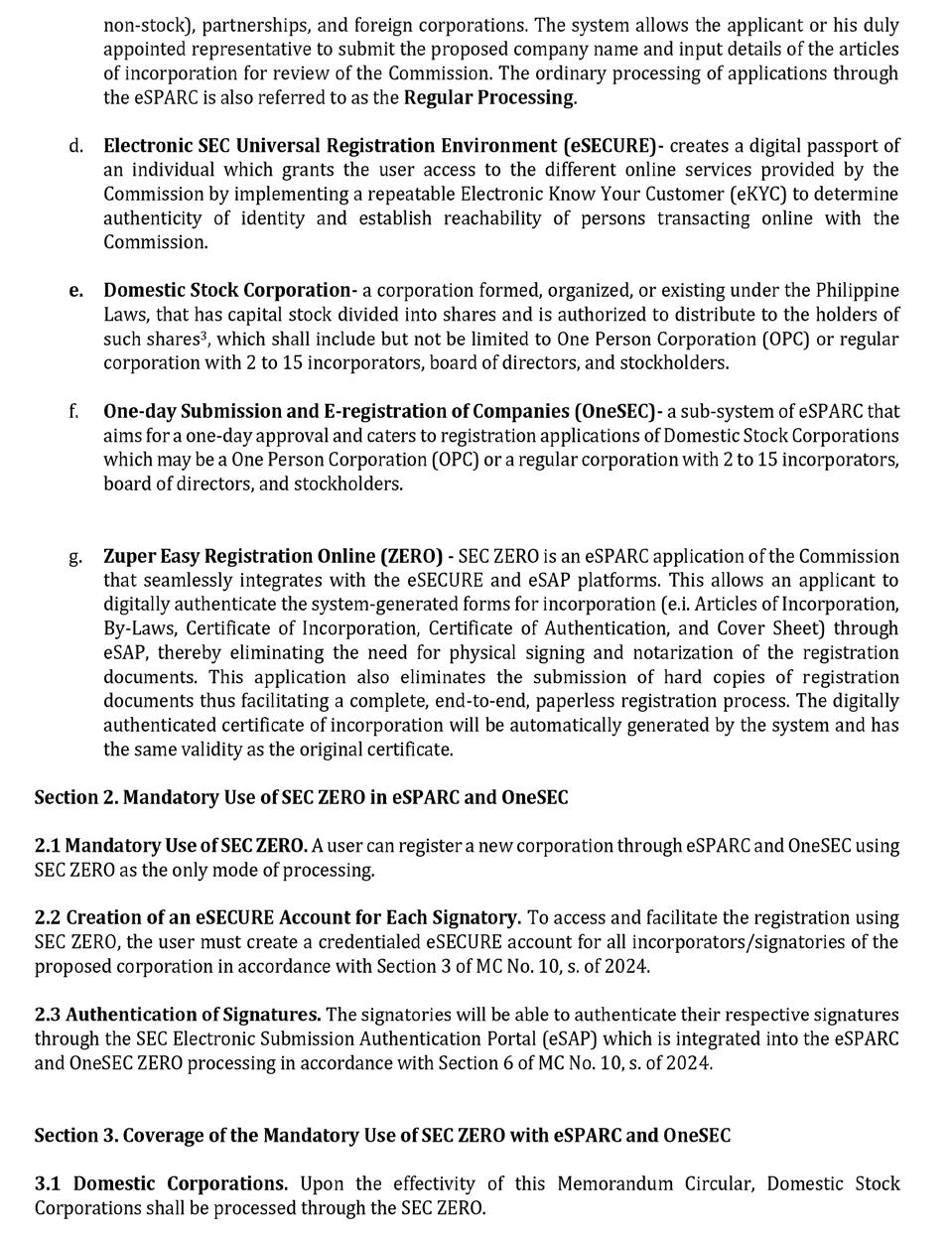
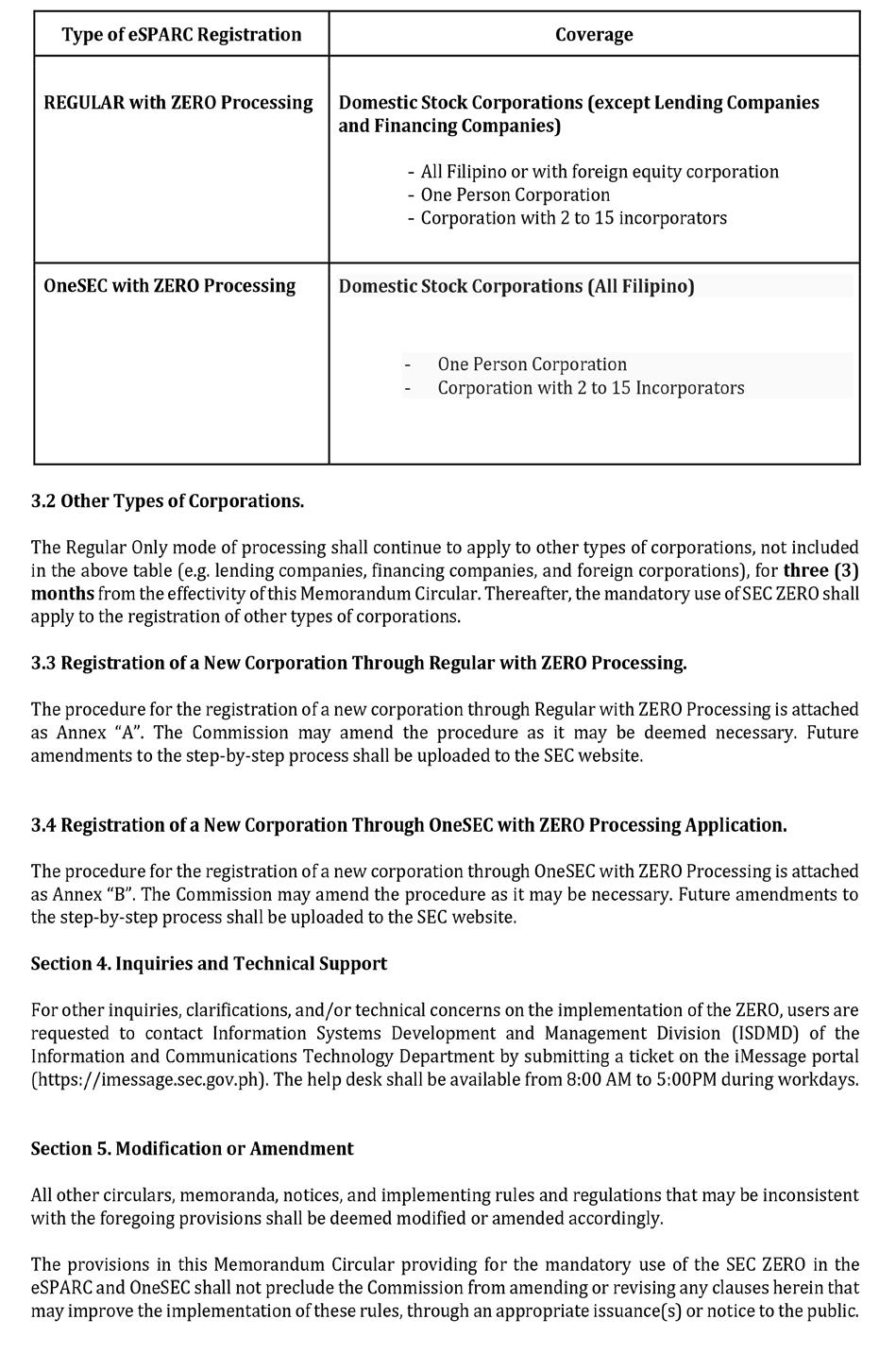




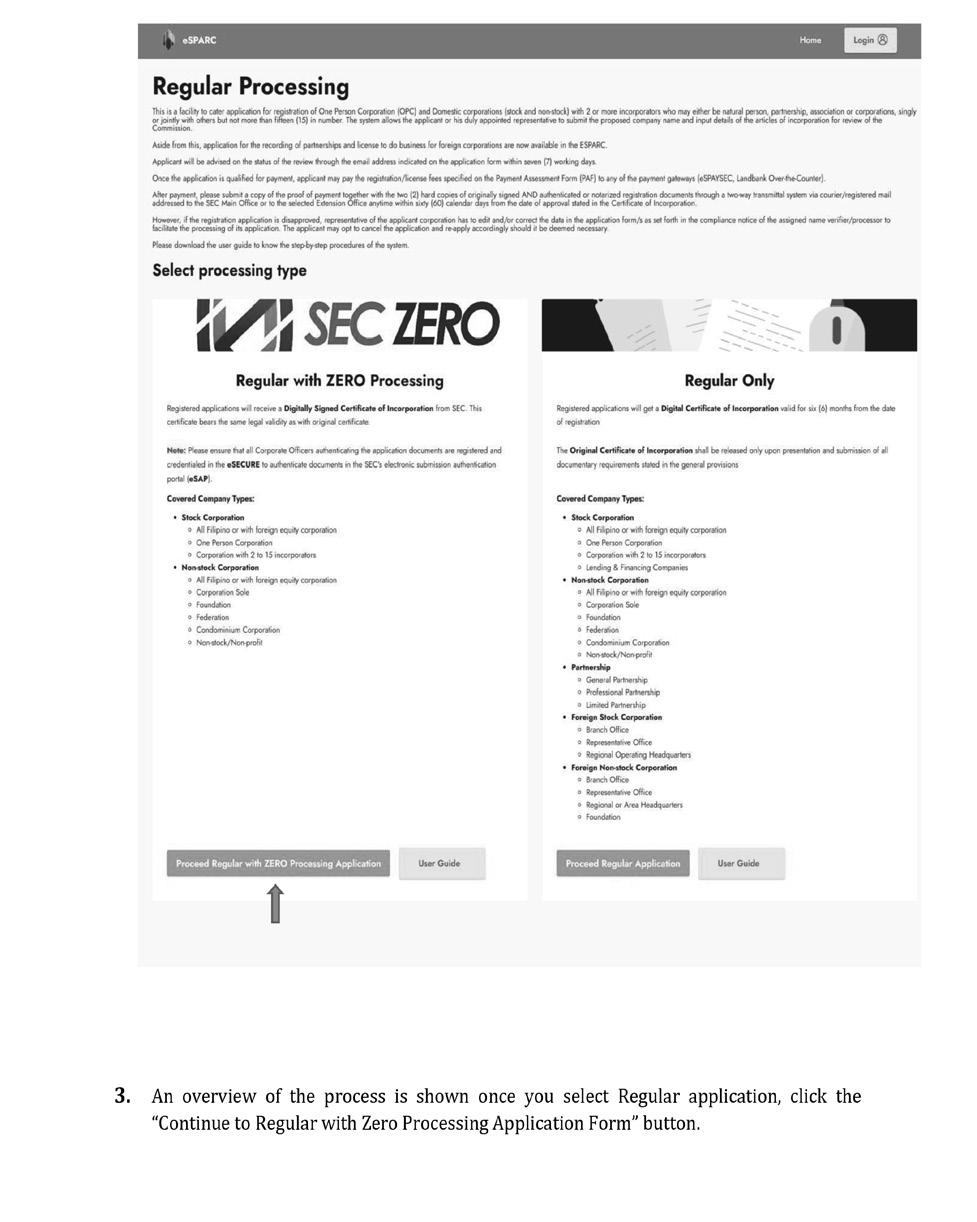





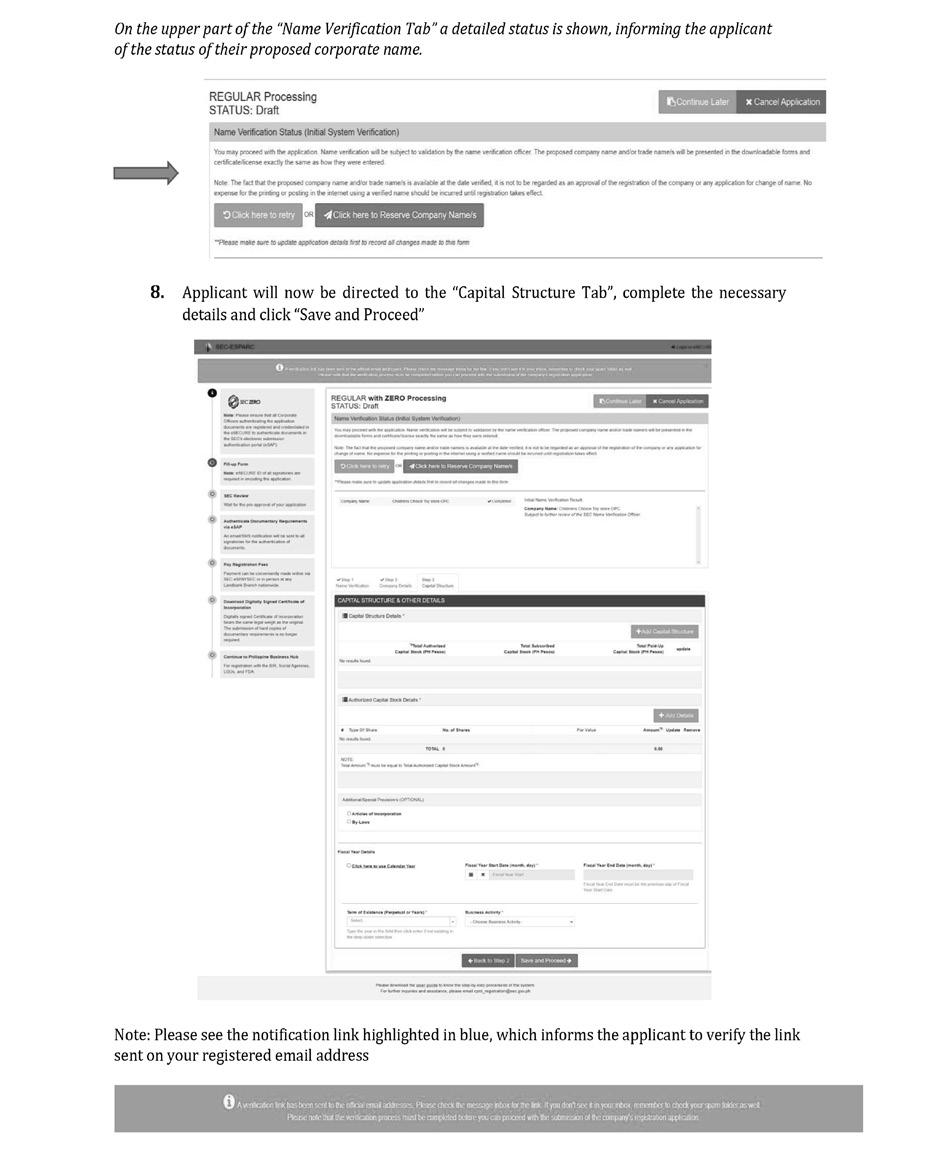

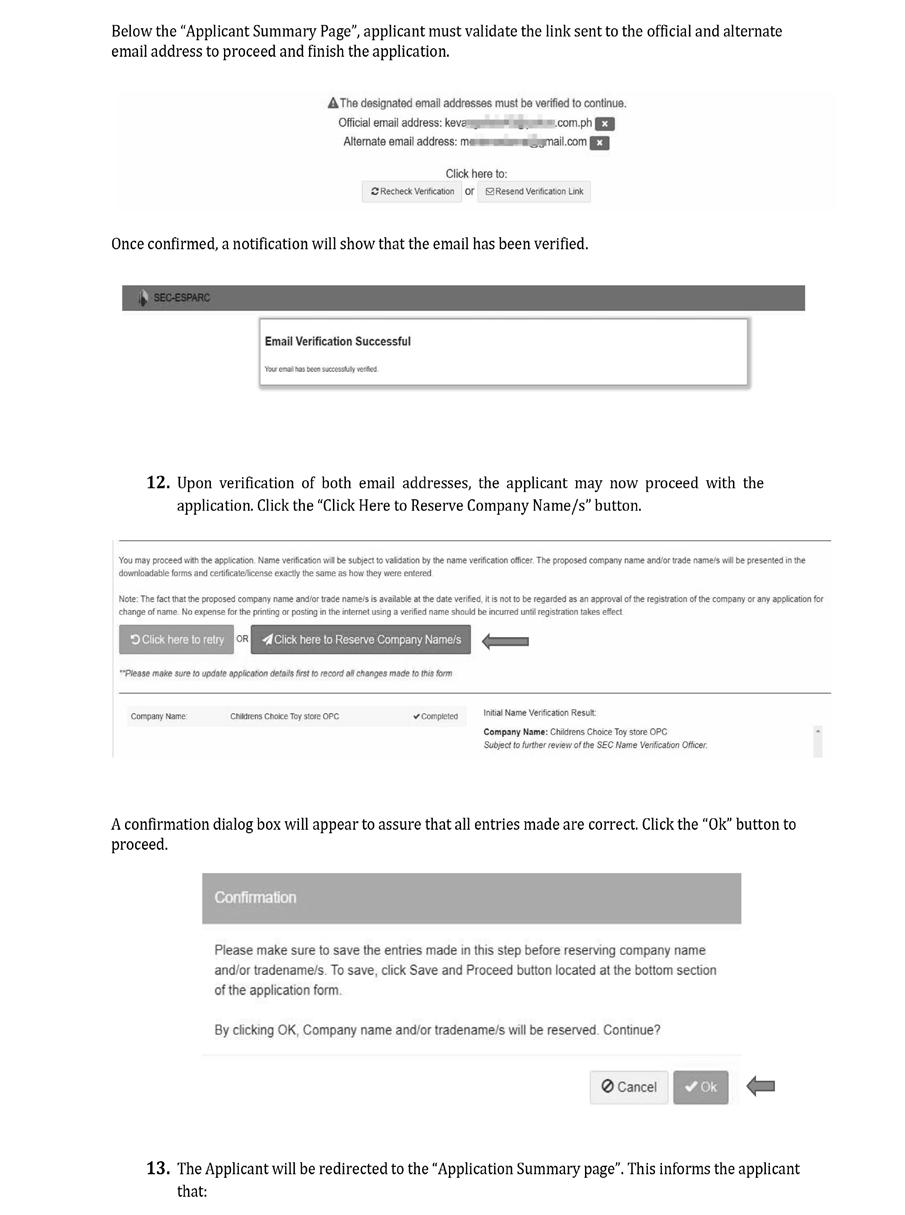







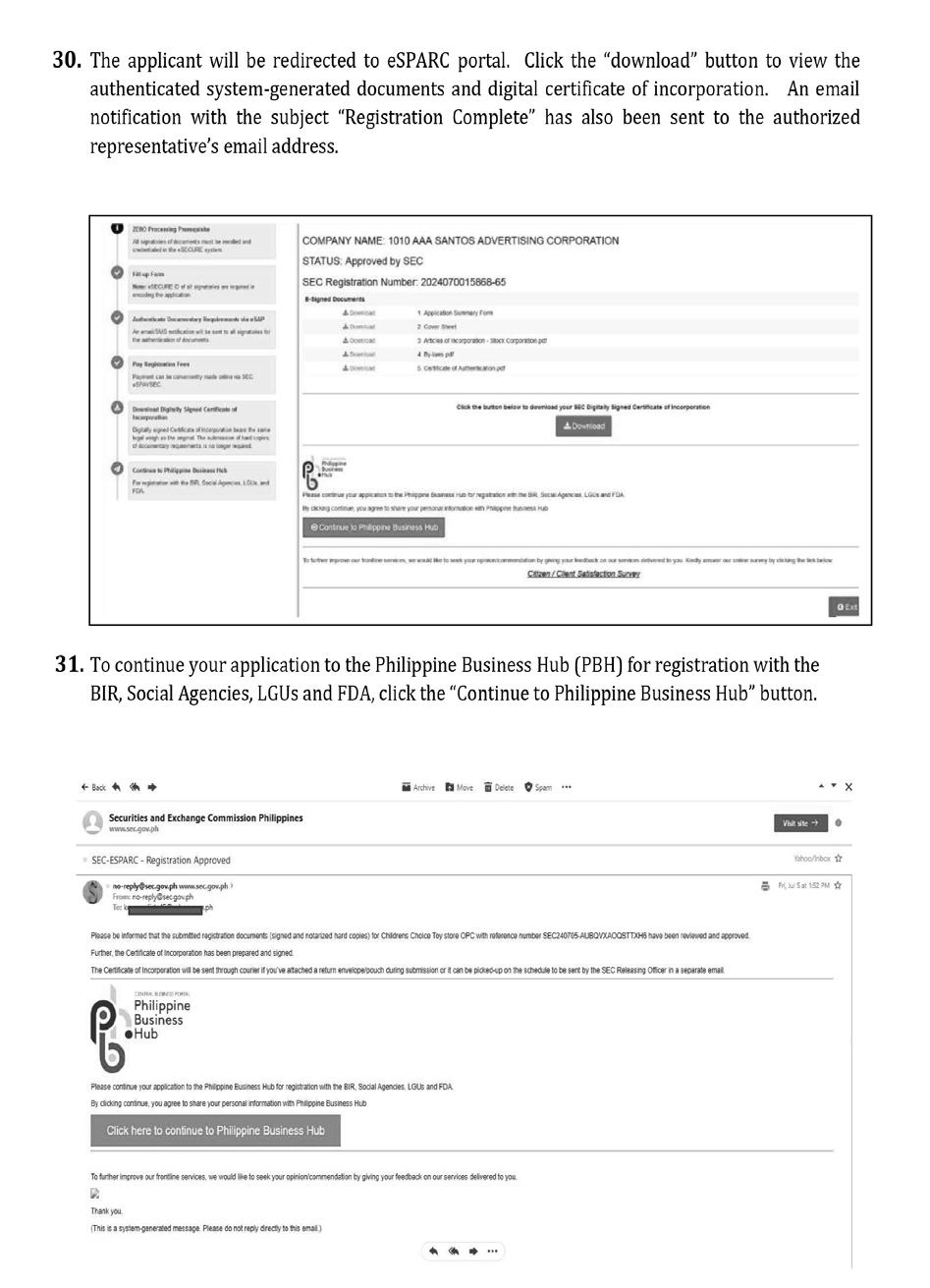
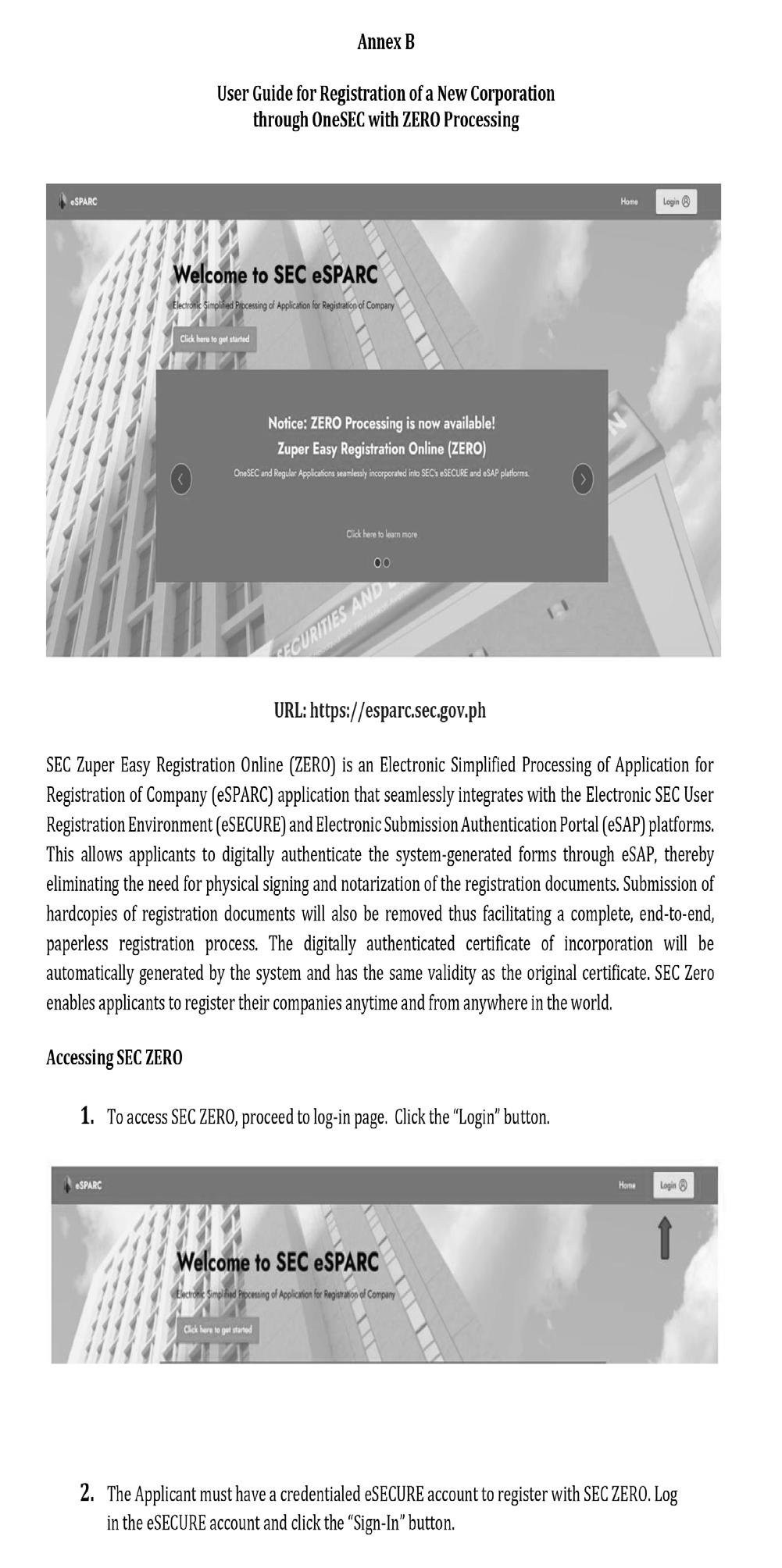


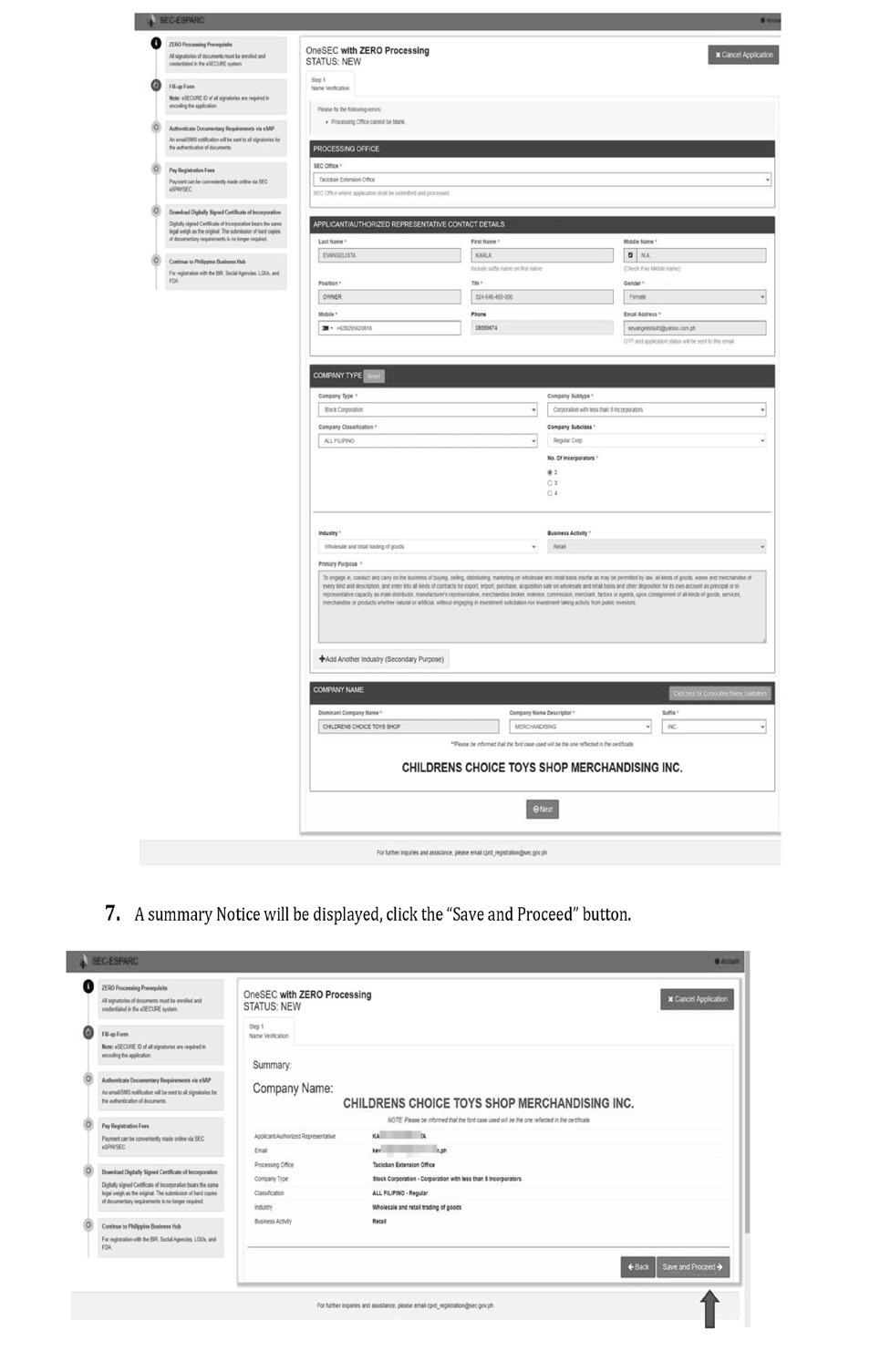
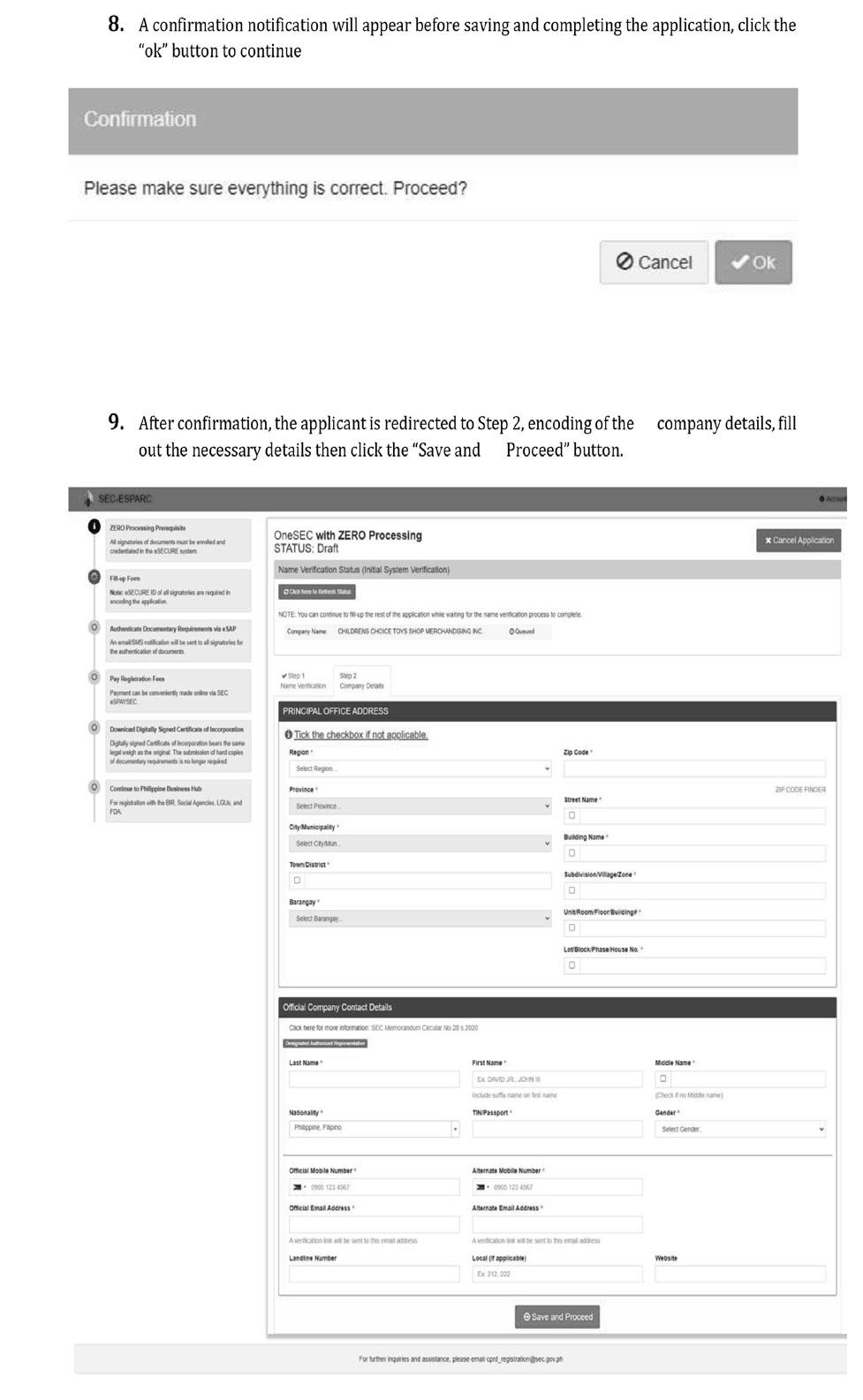

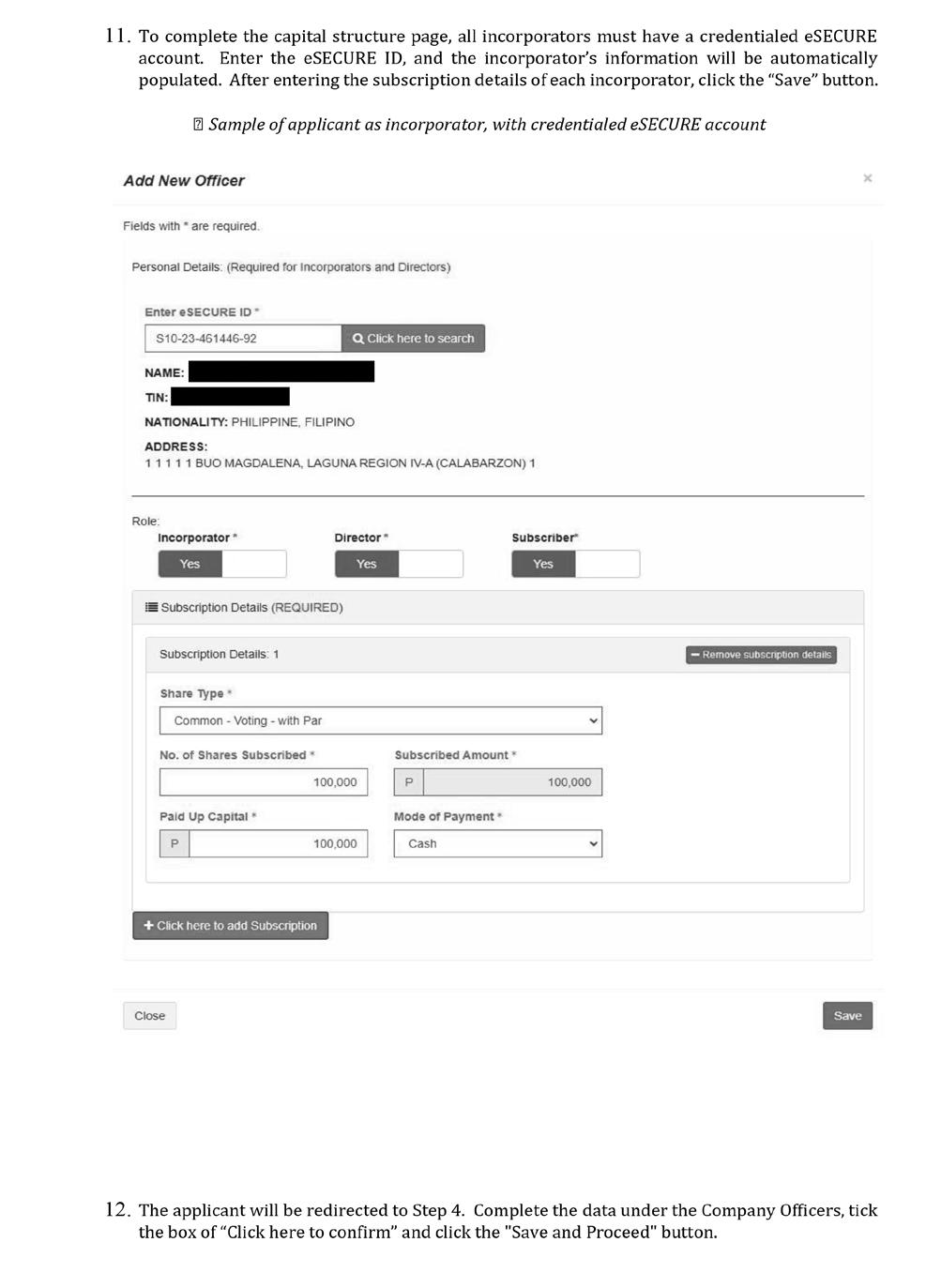
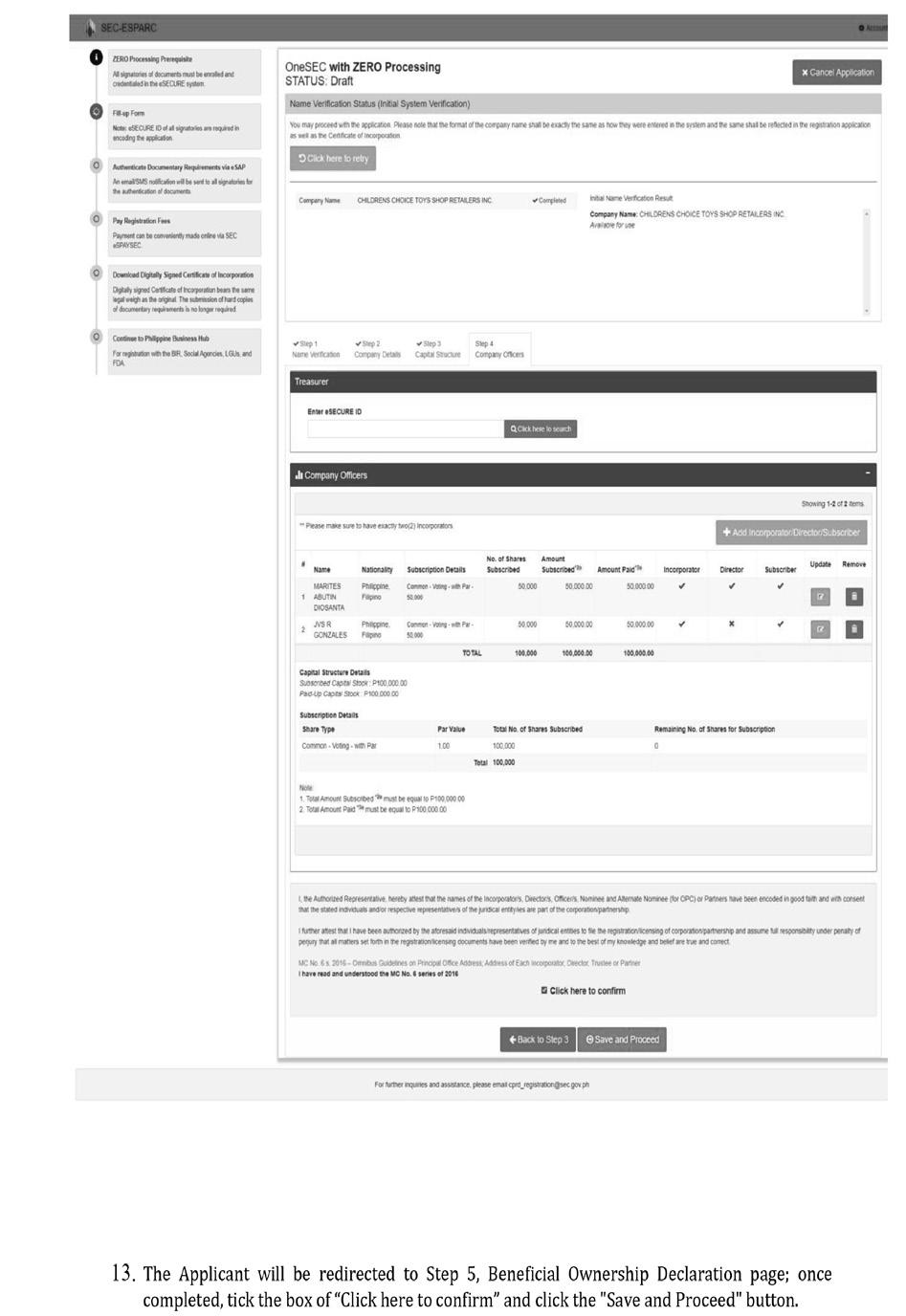




By Lucille Liu & Shirley Zhao
PRESIDENT Xi Jinping is seeking to paint China as a steady partner to investors roiled by a global trade war. A spat over a shipping lane coveted by Donald Trump is testing that push.
Hours after Xi pledged at a meeting with global executives in Beijing on Friday to create a “predictable” business environment, China’s market regulator said it would open a review into billionaire Li Ka-shing’s deal to sell 43 ports around the world, including two in the Panama Canal, citing the need to “protect public interests.”
Over the weekend, Chinese officials overseeing Hong Kong affairs shared articles on social media accusing CK Hutchison Holdings Ltd. of acting “in concert with US hegemony” over the $22.8 billion sale. Those broadsides came after the US president framed the prospective deal to a group featuring BlackRock Inc. as America “reclaiming” the famed waterway.
Beijing’s attempts to influence the operations of a private firm in Latin America risk undercutting Xi’s bid to bolster confidence in the world’s No. 2 economy, where foreign investment last year fell to the lowest level in decades. Derailing the deal could also give credence to the US leaders’ claims CK Hutchison is ultimately controlled by the Communist Party—a perception with implications for private Chinese companies worldwide.
“This flies in the face of the charm offensive for private firms,” said George Magnus, research associate at Oxford University’s China Center, formerly chief economist at UBS. “Beijing has, in effect, told the world there is no real difference between private and public in the Chinese Communist Party’s eyes.”
CK Hutchison shares dropped the most in more than a week on Monday. Work on the Panama ports deal is continuing, though the parties won’t be able to sign the definitive agreement by the original target of April 2, people familiar with the matter said.
A Chinese Foreign Ministry spokesman said Beijing opposed coercion at a regular briefing Monday in Beijing, referring to Trump’s efforts to pressure the Panama
Sri Lanka. . .
Continued from A4
pending a review, a decision on which is expected on May 1.
“We hope that on completion of the 90-day review period that commenced from Jan. 24, 2025, the US government funding assistance will continue,” said Ananda Chandrasiri head of Delvon Assistance for Social Harmony, one of the four demining groups operating in the country.
“Otherwise, it will create a grave problem for Sri Lanka to achieve mine-free status by the end of 2027 as targeted...A huge reduction of staffing levels of the four operators would be inevitable.”
‘It looked like perfumed powder’ THERE are around 3,000 workers, most of them recruited from among the civil war-affected communities. With the uncer -
government to curb Chinese influence. The State Administration for Market Regulation didn’t respond to a faxed request for comment.
The Panama Canal, used mainly by the US and China, became a geopolitical lightning rod after Trump vowed to retake it. The US president has falsely said the canal is operated by the Chinese and controlled by the Chinese military. CK Hutchison is based in Hong Kong, a semi-autonomous former British colony where companies are given wide berth to operate free from Beijing’s control.
The spat over the ports comes at a delicate time, as China grapples with a worsening US trade war after Trump unveiled new so-called reciprocal tariffs. For Xi, there are few good options: Blocking the Panama deal risks more retaliation from Washington, while letting it go ahead removes a potential bargaining chip once negotiations between Chinese and US officials finally get underway.
The dilemma also comes as the Chinese leader tries to build on DeepSeek’s AI breakthrough and Xi’s recent embrace of Jack Ma, which have revived animal spirits and stoked confidence that the era of regulatory crackdowns is over.
Until a formal agreement on the port deal is signed, China’s ability to directly block the transaction is limited. That could explain why Beijing is ramping up pressure

LI KA-SHING PAUL YEUNG/BLOOMBERG
through less formal channels, hoping that Li will walk away from the deal.
Opening a probe into a deal spanning 43 facilities over multiple continents would mark the latest example of Beijing extending the long arm of its statecraft toolkit. That comes after China last year expanded its export control regime to include a ban on selling some goods to the US by applying it to companies both inside and outside China.
Beijing has precedent for influencing deals overseas when the companies involved have a major presence in China. Chinese officials effectively scuttled Intel Corp.’s $5.4 billion bid for Israel’s Tower Semiconductor Ltd. in 2023 by delaying approval as US-China tensions rose.
The year before, DuPont de Nemours Inc. scrapped a proposed $5.2 billion acquisition of Rogers Corp. after failing to get timely clearance from Beijing. China sales accounted for more than a third of Rogers’ 2021 revenue.
“Beijing won’t hesitate to intervene if it believes a Chinese company is being pressured by a foreign government to sell its assets to foreign investors,” research firm Trivium China said in a note. China could even frame its action as a countermeasure to foreign sanctions, invoking a new law
The Panama Canal, used mainly by the US and China, became a geopolitical lightning rod after Trump vowed to retake it. The US president has falsely said the canal is operated by the Chinese and controlled by the Chinese military. CK Hutchison is based in Hong Kong, a semi-autonomous former British colony where companies are given wide berth to operate free from Beijing’s control.
tainty, some groups have already started terminating their staff, Nayeemudeen said.
Sri Lanka’s civil war ended in 2009 when government troops crushed the Tamil Tiger rebels, ending their quarter-century separatist campaign. According to conservative UN estimates, about 100,000 people were killed in the conflict.
Civilian properties were demined, but large areas were still contaminated when hundreds of thousands of civilians who were displaced by the conflict came back to resettle. Mine awareness campaigns were held, but there were many accidents.
Kumarakulasingham Dinojan has lost his left hand below his wrist and has damaged fingers in his right hand from a mine blast.
As a 9-year-old boy, he tried to open a metal container that he found in the woods. His brother, who was playing with him, also suffered wounds.
“My grandmother went into the
woods to get firewood and we also followed her. We did not know that she had reached home through another way. We found a container which looked like a perfumed powder, and when we tried to open it, it exploded,” said Dinojan.
There were people who were injured or killed trying to open mines and use the explosives for fishing.
Vidya Abhayagunawardena, coordinator of the Sri Lanka Campaign to Ban Land Mines, said it’s critical for Sri Lanka to ratify Protocol V on Explosive Remnants of War. He also called for the enactment of domestic legislation to enforce the Convention on the Rights of Persons with Disabilities, ratified in 2016, to bolster the legal rights of the country’s disabled population.
Dinojan’s older brother, Vilvaraj Vinothan, said his brothers becoming land mine victims made him take action and become involved in mine clearance. He has
that gives Beijing broad power to strike back at perceived foreign meddling, according to Winston Ma, adjunct law professor at New York University.
“The countermeasure could have far-reaching implications for cross-border transactions and the various parties involved,” Ma said.
After years of deleveraging from China, CK Hutchison now gets more than 80 percent of its revenue from overseas countries including the UK, Canada and Australia. That means Beijing has limited scope to influence Li directly. But his two sons are more exposed. CK Asset—the company’s property arm now headed by Li’s older son Victor—has one-fifth of its long-term rental investment property portfolio by area on the mainland. Richard Li’s insurance company, FWD Group Holdings Ltd., has stated its ambition to expand into mainland China in financial documents, which would likely require partnerships with Chinese companies.
Beijing has kept up the pressure on CK Hutchison even after reports it was delaying the signing. China’s top office overseeing Hong Kong affairs on Monday reposted an article—the seventh it shared on its official website since Wednesday—criticizing the deal. The piece by pro-Beijing newspaper Ta Kung Pao cites a local lawmaker in saying the companies should “proactively withdraw” from the planned transaction.
For the Hong Kong conglomerate caught in the crossfire, there are downsides to both outcomes, according to Christopher Beddor, deputy China research director at Gavekal Dragonomics. If the deal goes ahead, Li’s affiliated companies in China “could be exposed to a substantial fine,” he said. “If the deal collapses, the risk is that the company will now be seen as part and parcel of Chinese interests abroad.” With assistance from Twinnie Siu/Bloomberg
worked with the Mine Advisory Group for six years.
“Only when the land was being cleared that I understood how we should deal with the mines,” he said.
“That’s when I decided to help, knowing it would benefit the entire community.”
Pushparani is grateful that her demining income has allowed her to fulfill her family’s needs. She financed one daughter’s university education and her marriage. However, she also cares for a daughter injured in crossfire and an elderly mother.
“The reason for my choosing demining for livelihood is not only because of poverty. I also have a desire to see this land to be free of mines,” she said.
“I don’t want to see our future generations being injured or affected by war. I can say that I am carrying the burden of both my family and of the country on my shoulders.”
Francis reported from Colombo.
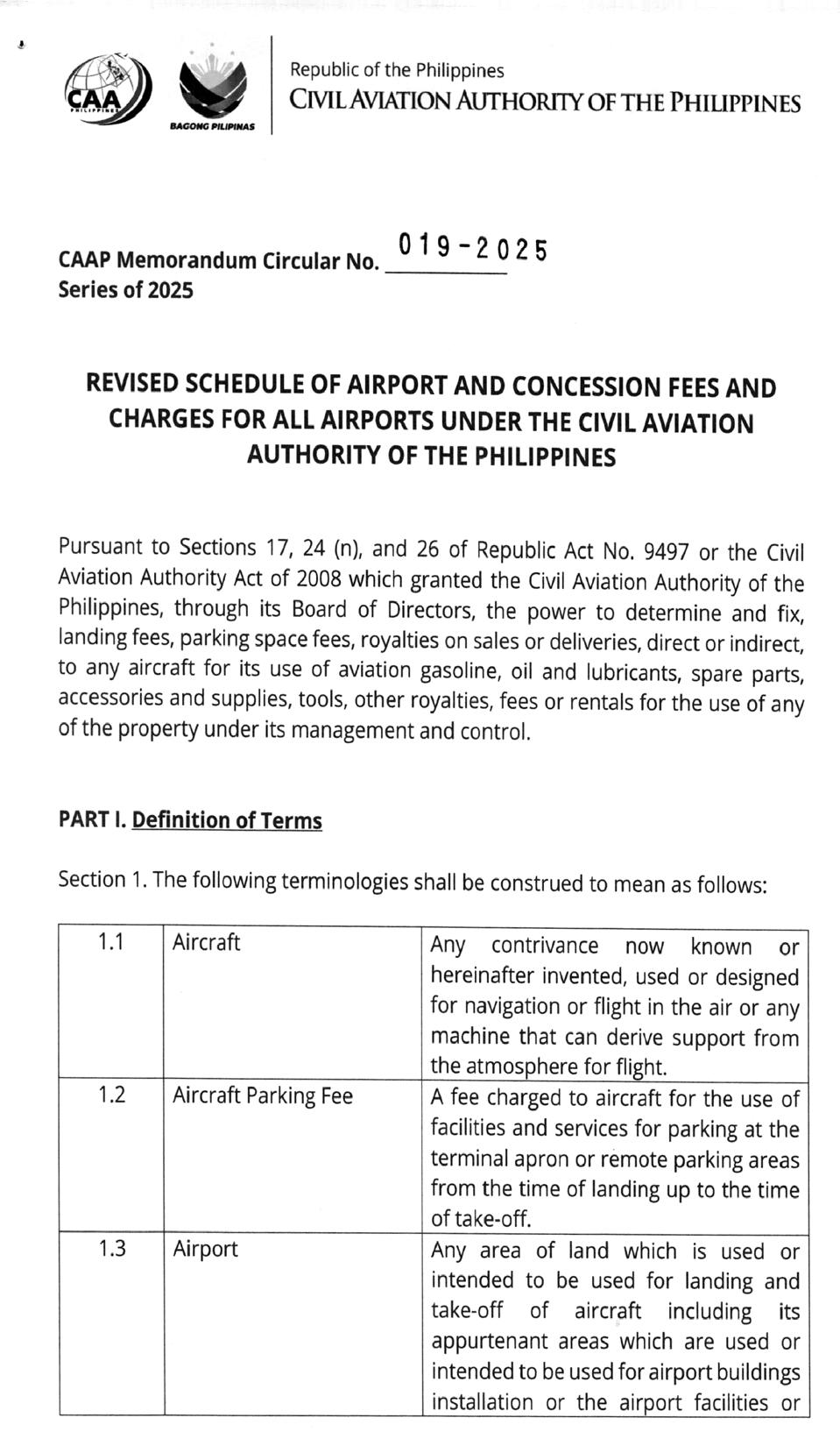
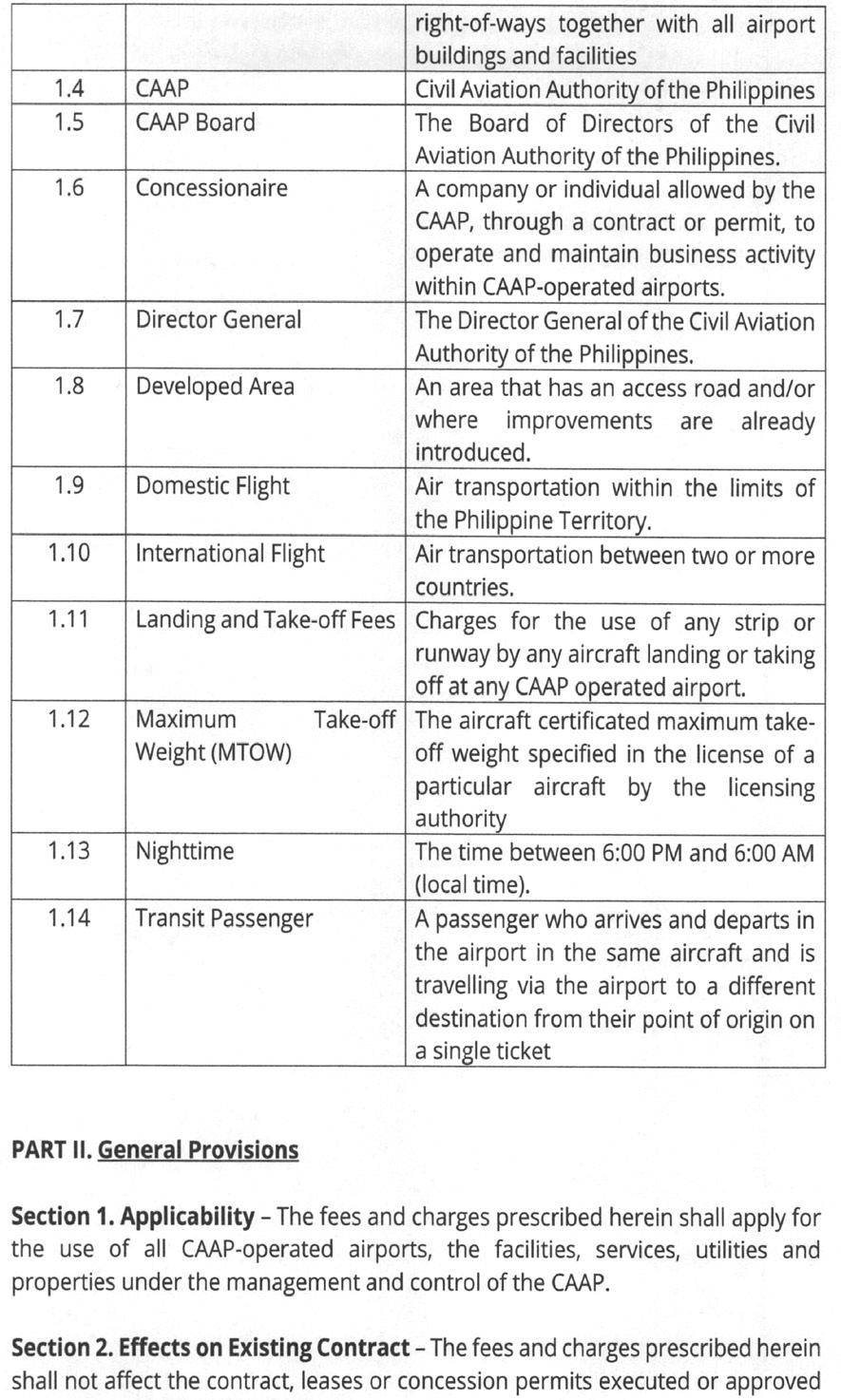
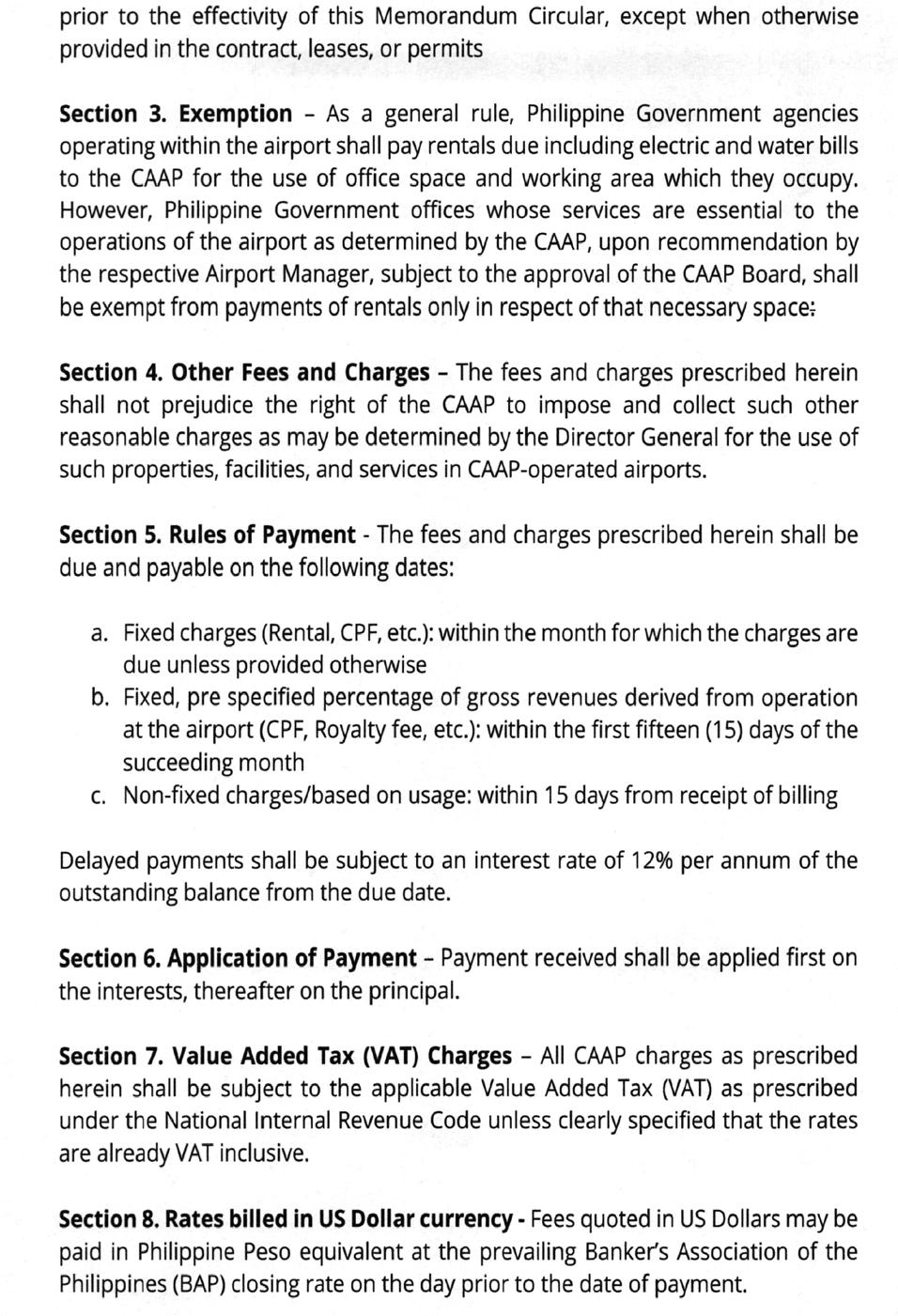

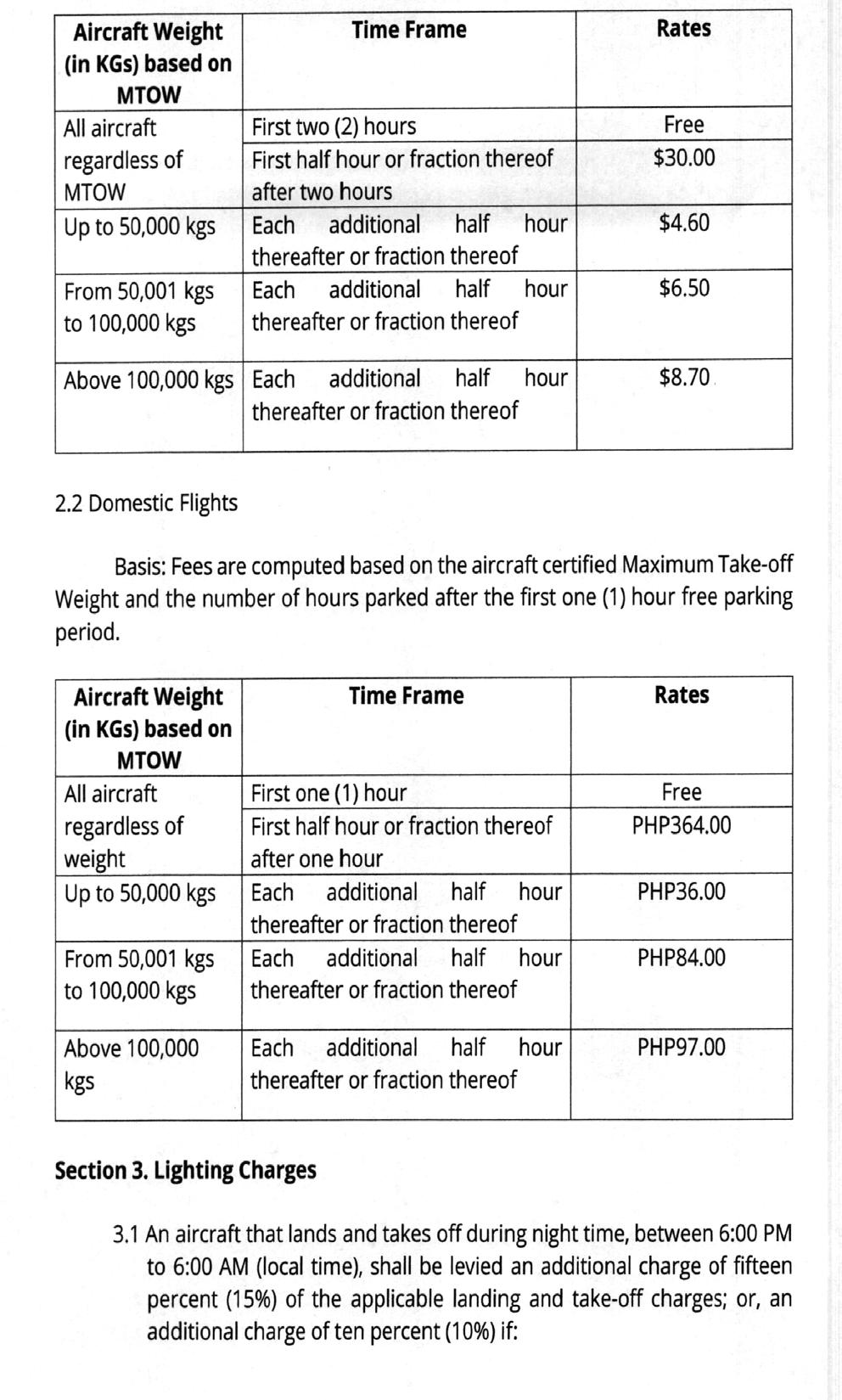


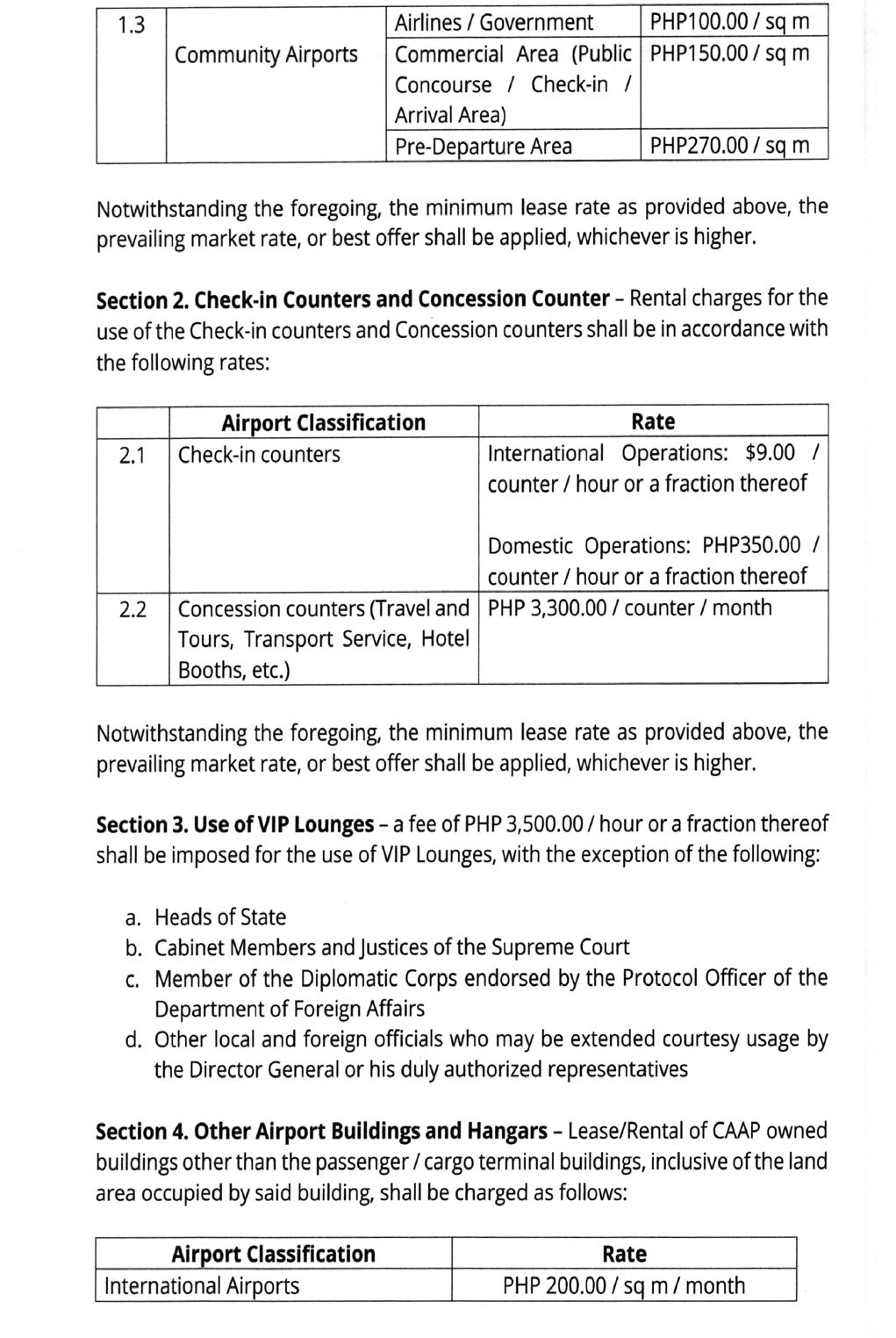
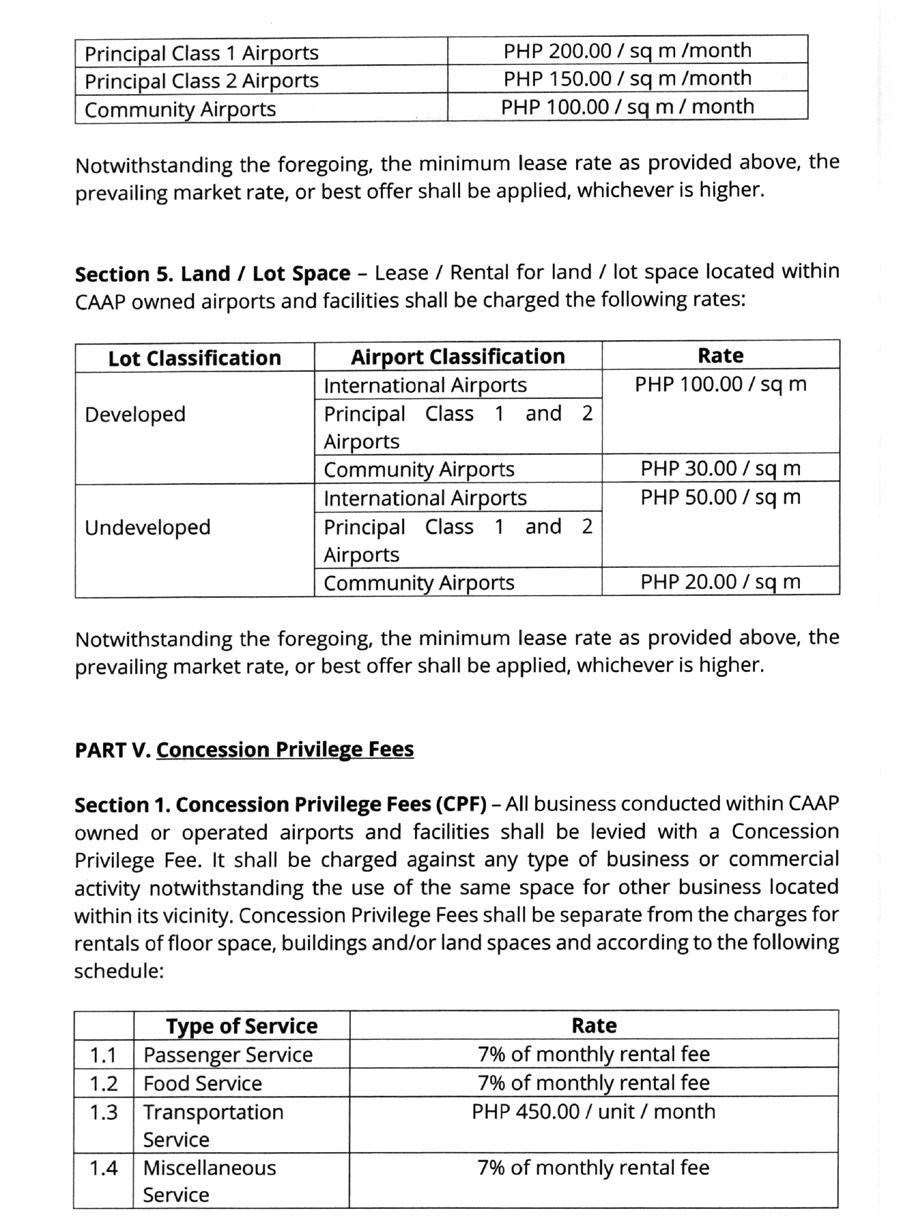
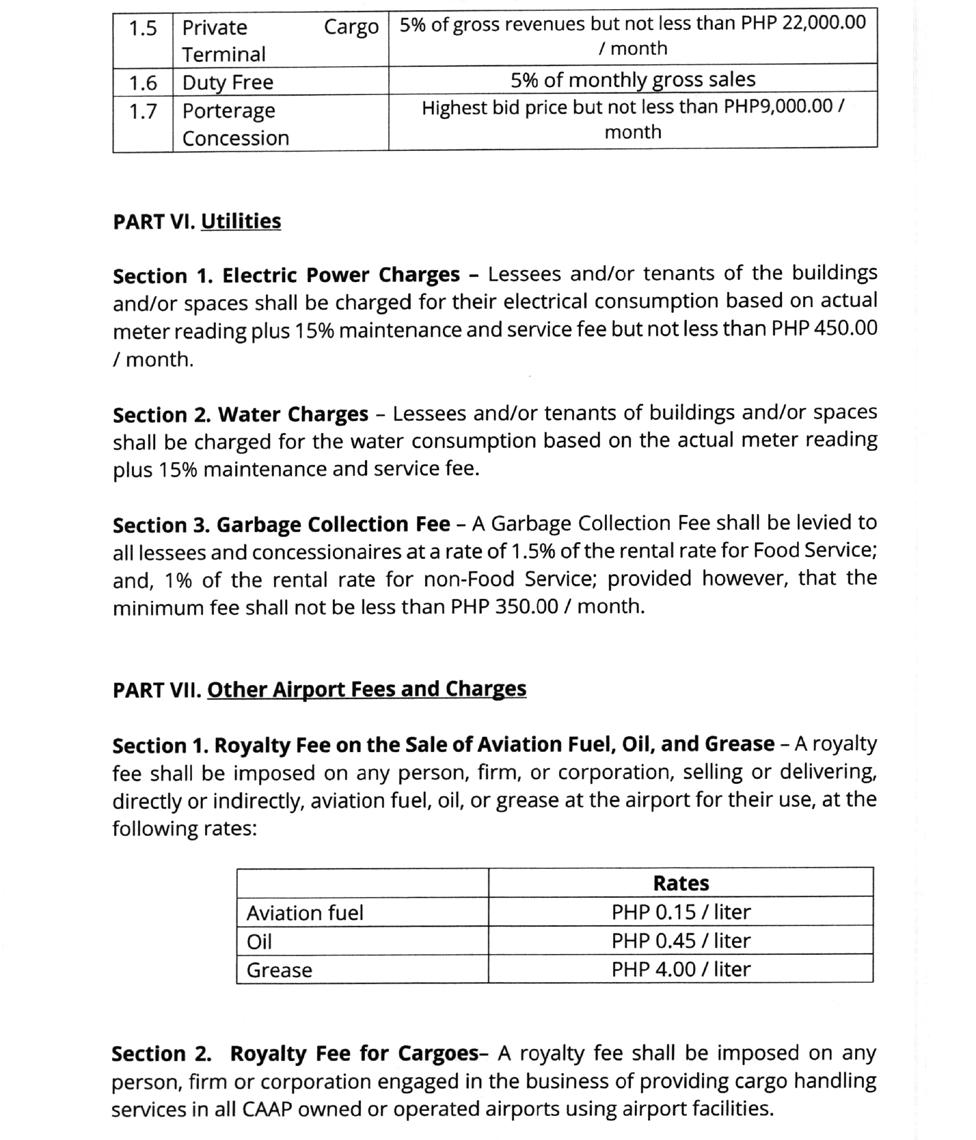





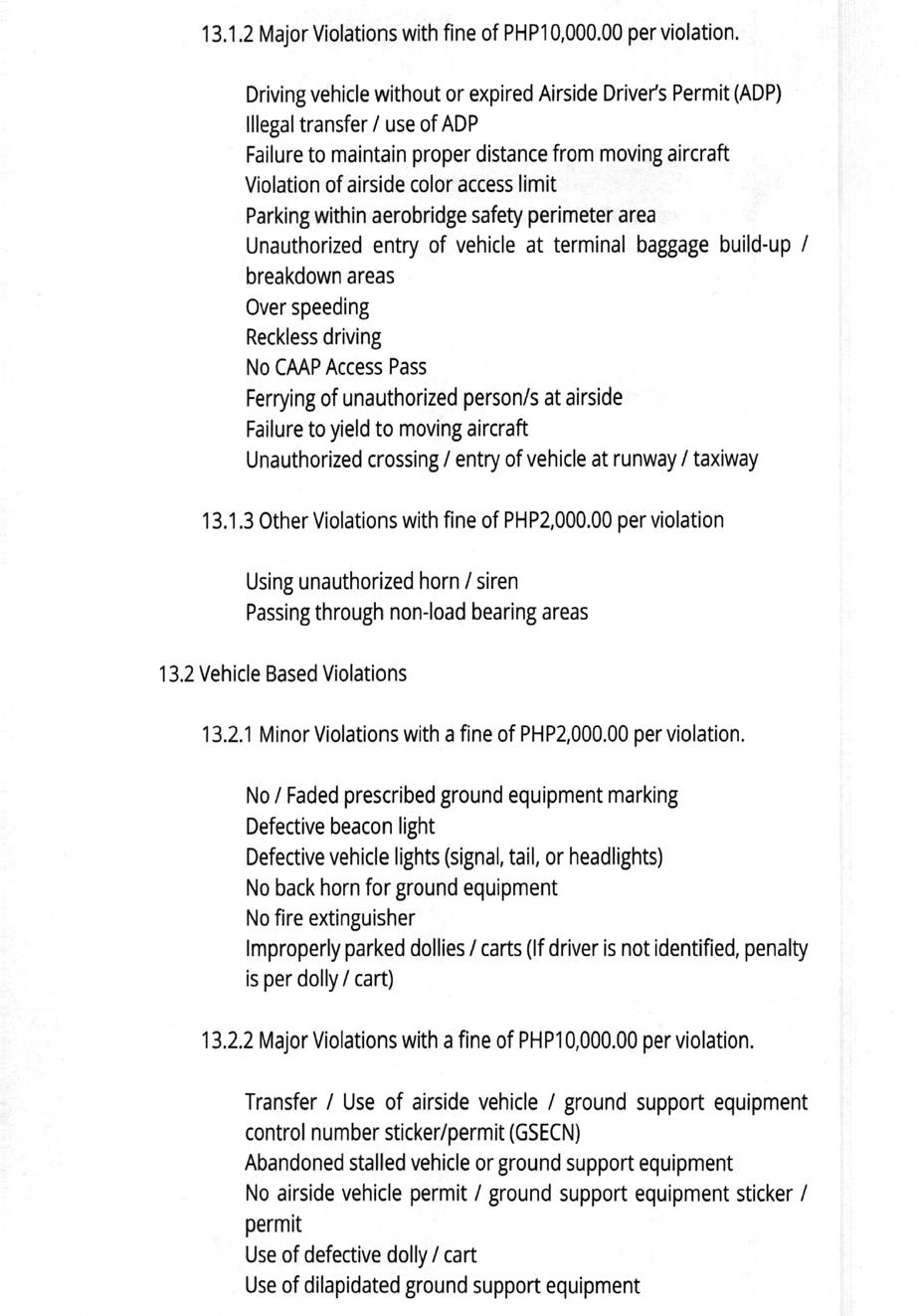
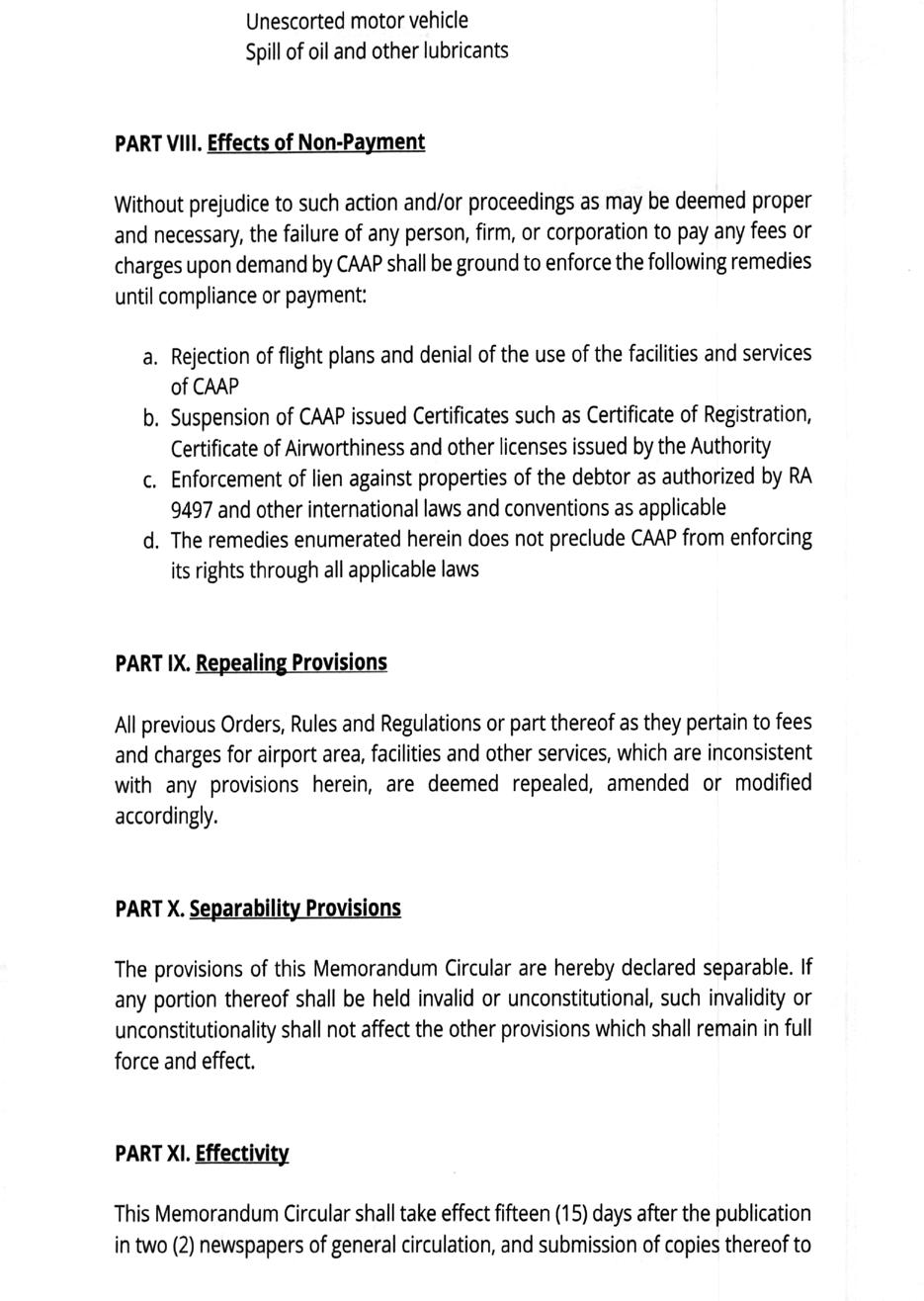


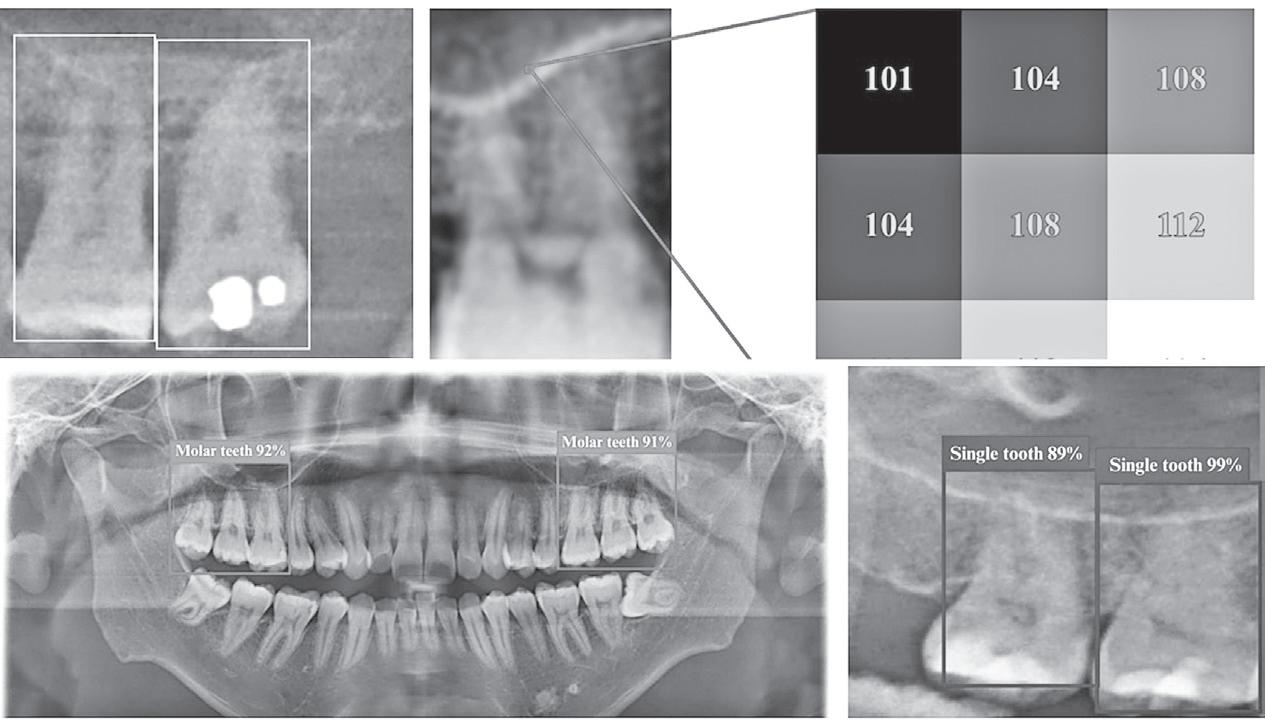
AI dental assistant reads X-rays, shows near-perfect accuracy
THE Ateneo Laboratory for Intelligent Visual Environments (ALIVE) and international researchers have developed a deep learning model that aims to revolutionize dentistry, with the capability to identify tooth and sinus structures in dental X-rays with an accuracy of 98.2 percent.
Notoriously difficult to diagnose
USING a sophisticated object detection algorithm, the system was specifically trained to help quickly and more accurately detect odontogenic sinusitis—a condition that is often misdiagnosed as general sinusitis and, if left unchecked, could spread infection to the face, eyes, and even the brain, said a news release from Ateneo de Manila University (AdMU).
Odontogenic sinusitis, caused by infections or complications related to the upper teeth, is notoriously difficult to diagnose. Its symptoms— nasal congestion, foul-smelling nasal discharge, and occasional tooth pain— are nearly identical to those of ordinary general sinusitis.
To make matters worse, only about a third of patients experience noticeable dental pain, meaning the condition is frequently overlooked by general practitioners. Traditional diagnosis requires collaboration between dentists and otolaryngologists, often leading to delayed treatment.
You Only Look Once
BY training deep learning models on dental panoramic radiograph (DPR) images, the researchers found a way to detect key anatomical relationships— such as the proximity of tooth roots to sinuses—with unprecedented accuracy. The study used the YOLO (You Only Look Once) 11n deep learning model, achieving an impressive 98.2 percent accuracy, outperforming traditional detection methods.
YOLO is a state-of-the-art object detection algorithm known for its speed and accuracy. The YOLO 11n model, an improved version, is optimized for medical imaging tasks, enabling it to identify teeth and sinus structures with high precision in a single pass through the image.
Unlike conventional diagnostic methods, which require multiple steps and expert interpretation, YOLO 11n rapidly pinpoints the affected areas in real time, making it an invaluable tool for dental professionals.
AI’s growing role in medicine BEYOND accuracy, this AI-driven approach also offers practical benefits. It minimizes patient exposure to radiation by reducing the need for computed tomography (CT) scans, which are currently the gold standard for diagnosing odontogenic sinusitis.
It also provides a cost-effective screening tool, particularly useful in resource-limited areas where advanced imaging technology may not be available. And by flagging potential cases early, the system allows for prompt intervention, preventing complications and reducing the burden on healthcare providers. This breakthrough highlights AI’s growing role in medical diagnostics, bridging gaps where human expertise alone may fall short. With further validation, this technology could become a standard tool in dental and ear, nose and throat (ENT) clinics, ensuring that more patients receive timely and accurate diagnoses.
ALIVE head Dr. Patricia Angela R. Abu and her colleagues from Taiwan’s Chang Gung Memorial Hospital, National Cheng Kung University, Chung Yuan Christian University, and Ming Chi University of Technology published their findings in the journal “Bioengineering,” the Ateneo news release said.
US scientists sue NIH, saying politics cut their research funding
AGROUP of scientists and health groups sued the National Institutes of Health (NIH) on Wednesday, arguing that an “ideological purge” of research funding is illegal and threatens medical cures. Since President Donald Trump took office in January, hundreds of NIH research grants have been abruptly canceled for science that mentions the words diversity, gender and vaccine hesitancy, as well as other politically charged topics.

By Manuel T. Cayon
DAVAO CITY—Government granted funds to two incubation hubs expected to develop more technology to expand the country’s first aerospace and robotics technology in this city, and the first blue or ocean development technology in southern Mindanao.
Last week, the Department of Science and Technology (DOST) and Ateneo de Davao University (AdDU) entered into a collaboration agreement to launch the Philippines’ first Aerospace and Robotics Incubator through the ADDVentures Innovation Center.
This first Technology Business Incubator (TBI) focuses on Aerospace Technology and Robotics Applications for the Environment and Security to support startups in developing solutions for environmental sustainability and national security.
The establishment of ADDVentures was made possible through the Higher Education Institution Readiness for Innovation and Technopreneurship (HEIRIT) Program under the DOST-Philippine Council for Industry, Energy and Emerging Technology Research and Development (DOSTPCIEERD).
The technology on aerospace and robotics also covers wider benefits on disaster resilience, environmental monitoring, and defense.
DOST-PCIEERD Technology
Transfer Division Chief Russell M. Pili noted that ADDVentures “provides a platform for startups to explore applications to support initiatives that drive technological advancements in these fields.”
Program Leader Dr. Rogel Mari Sese of AdDU said the incubator’s role was advancing aerospace and robotics innovations in the country, positioning Mindanao as a key hub for emerging technologies. AdDU views ADDVentures as a critical step in strengthening industry-academe partnerships. The incubator will serve as a workspace and a launchpad for deep-tech entrepreneurship with potential local and global impact.

DR . Rogel Mari Sese, chairman of Ateneo de Davao University Aerospace Engineering Program, discusses the details of ADDVentures Innovation Center, of which he
AdDU, known for its commitment to research and development, is becoming a leader in a developing robotics program.
In June last year, its aerospace engineering students, the Philippines’ sole Rocketry Team, flew the country’s first rocket entry to the prestigious Spaceport America Cup in a hail of cheers and an accolade from American directors of the event.
The Ateneo rocketry team sent its rocket “Sibol” to its flight from the Spaceport USA grounds in New Mexico, the US, surging the 7-foot rocket with 8.8-pound payload to a height of 10,000 feet as required in the competition “and arched, heading back to earth.”
ADIVERSE lineup of Philippine technologies will compete at the 50th International Exhibition of Inventions Geneva (IEIG) from April 9 to 13.
The Department of Science and Technology (DOST) made the announcement as the primary national government agency responsible for providing central direction, leadership, and coordination of all scientific and technological (S&T) activities to support national development.
diverse fields.
The Philippines’ technological advancements that will compete at the 50th IEIG are on from food processing, disaster risk reduction and management, sustainable materials, and healthcare management.
The Philippine technologies to the 50th IEIG:
transforms raw salt into high-purity salt, directly at the production site. The technology reduces processing time, steps, and costs, empowering local salt producers and boosting economic opportunities.
HazardHunterPH: Systems and Methods in Conducting Multiple Single Hazard Assessments
Company Name: DOST-PhilippineInstitute of Volcanology and Seismology (DOSTPhivolcs)
DOST XI Regional Director Dr. Anthony Sales said the agency’s TBI Program, Startup Grant Fund, and various research and development initiatives are in place to help transform research into viable enterprises.
He described ADDVentures as a space where startups can access mentorship and resources to develop real-world solutions.
In Davao del Norte, the DOST-PCIEERD and Davao del Norte State College (DNSC) also launched the first-ever TBI in the province, the Blue Economy Underpinning Global Sustainability through Adaptive Innovations (BUGSAI) TBI.
This was also funded by DOSTPCIEERD’s HEIRIT Program to support technology-driven enterprises focused on the blue, or ocean water economy.
“DOST-PCIEERD Executive Director Dr. Enrico Paringit compared the incubator to a paddle that provides direction, expressing confidence that BUGSAI TBI will help steer technology-based solutions to strengthen the Blue Economy.” the DOST said. The launch of BUGSAI TBI “marks an important milestone in strengthening technopreneurship, industry partnerships, and sustainable enterprise development in Davao del Norte. With DNSC as its host, the initiative is expected to nurture startups and enterprises that contribute to the sustainable use of marine and aquatic resources, further advancing the Blue Economy in the region.”
Company Name: DOST-Phivolcs
GeoAnalyticsPH delivers comprehensive hazard data through interactive maps and visualizations, enabling governments to make informed decisions for disaster risk reduction and climate resilience.
A System and Method for Managing Healthcare Services and Networks Company Name: SeeYouDoc Corp.
The suit was filed by the American Public Health Association, unions representing scientists and some researchers who were stripped of grants.
NIH’s parent agency, the Department of Health and Human Services, declined comment on litigation. AP
That has led to grants being cut that fund studies of HIV prevention, violence prevention in children, pregnancy health disparities and Alzheimer’s disease, among others, according to the lawsuit filed in US District Court in Massachusetts. The suit aims to restore the money and end the terminations, arguing they violate NIH’s usual science-based review process, specific orders from Congress to tackle health equity and disparities, and federal regulations. It also argues the cancellations waste taxpayer dollars by ending projects midstream before the results are in.
The DOST is presenting the innovations with the help of Technology Application and Promotion Institute (DOST-TAPI)’s Science and Technology Promotion for International Contest and Exhibits Program that aims to forge international partnerships and demonstrate the Philippines’ growing capabilities for technological innovation and advancement.
“It is our third time to present Filipino innovations to the world in Geneva, Switzerland,” said DOST-TAPI’s Director Marion Ivy D. Decena, the head of the delegation for this 50th IEIG.
She added: “Our participation in this event provides a platform to showcase the Philippines’ commitment to addressing global issues and challenges through the use of science and technology.”
In 2024, the Philippines secured silver and bronze awards for all nine showcased inventions at the 49th IEIG, highlighting the nation’s rising innovation prowess in
Continuous Screw Type Salt Washer
Inventor/s: Briones, Annabelle V.; de Vera,CarlosJ.;Evangelista,OliverC;Nuval, Jayson B.; Canceran, Melquiades B.; and Cruz, Alexander G.
Company Name: Industrial Technology Development Institute, DOST (ITDI-DOST)
This efficient and affordable salt washer removes impurities, ensuring salt meets the required purity levels for food industries. A reliable solution for increasing production quality and competitiveness in the global market.
Three-in-One Mobile Salt Crusher, Washer, and Harvester Equipment
Inventor/s: Briones, Annabelle V.; Evangelists, Oliver C; Nuval, Jayson B.; Marfal, RaeyjanV.
Company Name: ITDI-DOST
A compact, mobile system that
A user-friendly tool for instant hazard mapping and analysis, enabling proactive disaster preparedness. Search locations easily and accessible data to mitigate risks and protect lives.
Earth Board: Coir-reinforced
Bio-Based High-Density Polyurethane Composite for Structural Panels
Inventor/s: Kenno Michael Uy and Amierson C. Tilendo
Company Name: Lesstics Inc
An eco-friendly building material crafted from coconut coir, offering superior insulation, moisture resistance, and strength. A sustainable alternative to traditional wood and synthetic boards.
GeoAnalyticsPH: Risk Analysis Made Easy
A cloud-based, API-integrated system for managing healthcare services and networks, providing telemedicine, appointment scheduling, referrals, electronic prescriptions, and instant payments while ensuring compliance with data privacy regulations
The DOST-TAPI delegation is actively seeking opportunities for technology licensing, joint ventures, and research collaborations with international partners. Visitors to the DOST-TAPI booth at the 50th IEIG can experience firsthand the potential of Filipino innovation and learn more about it.
The DOST-TAPI serves as the implementing arm of the DOST, in promoting the transfer and commercialization of technologies generated by DOST research and development institutes, as well as other public and private institutions. It plays a significant role in bridging the gap between research and industry, driving economic growth through innovation. Comelec taps DOST
The laboratory evaluates paper quality based on opacity and brightness, grammage, thickness, stiffness, tear and dimension.
elections.
The DOST’S Forest Products Research and Development Institute’s (DOST-FPRDI), Pulp and Paper Testing Laboratory (FPPTL) is the sole certifying body accredited by the Comelec. Private company bidders were first tested and certified by the FPPTL to ensure high quality papers with standards set by the Comelec.
The election body has been FPPTL’s client for more than a decade.
Among the paper products tested at FPPTL are multi-copy papers, continuous forms, envelopes, thermal papers, paper seals, vellum papers, newsprints, folders and specialty papers.
Science Secretary Renato U. Solidum Jr. has lauded DOST-FPRDI’s advanced testing services that are instrumental in the conduct of national events as important as the elections.
“By ensuring that election materials meet quality standards, we contribute to a
smooth and reliable voting process. Highquality paper ensures ballots are durable and easily readable, which minimizes the occurrence of errors,” he said.
FPPTL is the only pulp and paper testing laboratory in the country. It is one of DOST-FPRDI’s testing facilities certified by the International Organization for Standardization (ISO) through the Philippine Accreditation Bureau.
Besides Comelec, other DOST-FPRDI’s clients include the Department of Education, Bureau of Internal Revenue, Land Transportation Office, National Printing Office, and the Procurement Service of the Department of Budget and Management (DBM).
“DBM saved millions of pesos by availing of FPPTL services, instead of having their
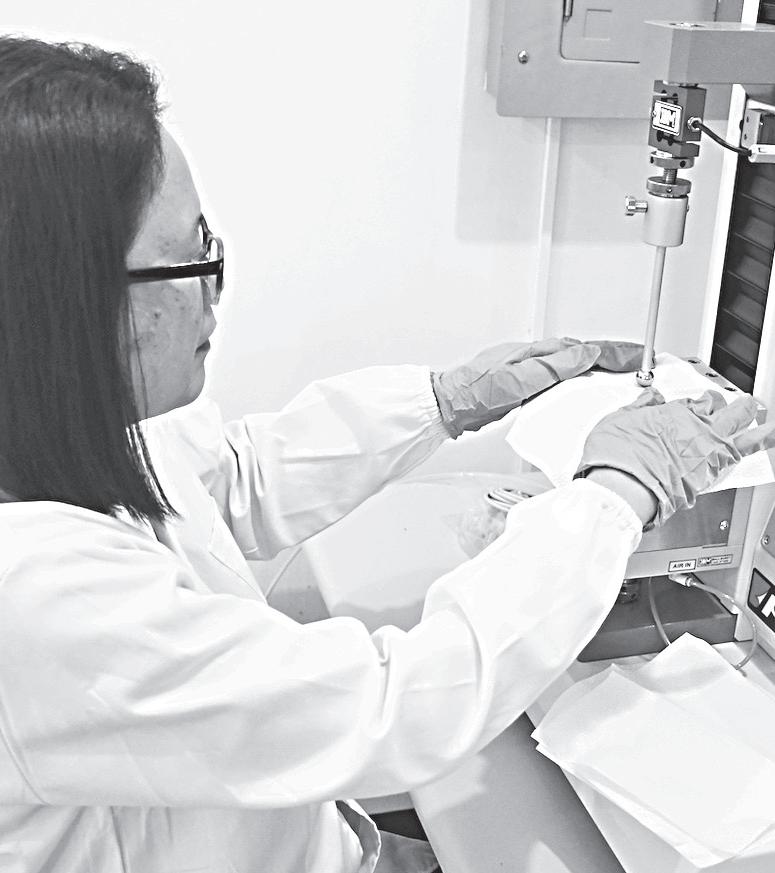
paper products tested and certified abroad,” said FPPTL Technical Manager Aimee Beatrix R. Habon.
The Institute continues to expand its ISO-accredited testing services to address the evolving needs of the forest-based and allied industries. These include the introduction of advanced testing methods and the acquisition of additional machines to create more innovative products. According to Habon, the laboratory has procured new equipment that test paper’s brightness, opacity and whiteness; smoothness; and porosity and roughness. Also acquired is the double-fold tester for
A10 Sunday, April 6, 2025
NBy Stylianos Syropoulos
EARLY 90 percent of US Christian religious leaders believe humans are driving climate change. When churchgoers learn how widespread this belief is, they report taking steps to reduce its effects, as we found in our research published in the Proceedings of the National Academy of Sciences.
We examined data collected in 2023 and 2024 from a nationwide survey of 1,600 religious leaders in the United States. The sample included religious leaders from fundamentalist and evangelical churches, Baptists, Methodists, Black protestants, Roman Catholic denominations and more—all recruited to match the proportions of churches across the country.

Editor: Lyn Resurreccion • www.businessmirror.com.ph
The survey assessed religious leaders’ beliefs about climate change and whether they discuss climate change with their congregations.
According to that data, while the overwhelming majority of Christian religious leaders accept the human-driven reality of climate change, nearly half have never mentioned climate change or humans’ role in it to their congregations. Further, only a quarter have spoken about it more than once or twice.
Why it matters WHEN it comes to climate change, faith communities are often seen as divided. There is an assumption that religious conservatism and climate skepticism go hand in hand.
PREPARING FOR HOLY WEEK THE Holy Week is just a week away, the last part of Lent’s 40-day solemn Christian religious observance in preparation to the celebration of the Lord’s Resurrection on Easter. With 80 percent of Filipinos being Catholics, the faithful prepare themselves by praying, fasting, doing the Act of Reconciliation or Confession, and alms giving. Many pray the Stations of the Cross, where the 14 images recount the final moments of Jesus’ life. Others make their devotional prayers, meditation, and other forms of prayers. The photos show the faithful at Our Lady of Light Parish in Cainta, Rizal. BERNARD TESTA
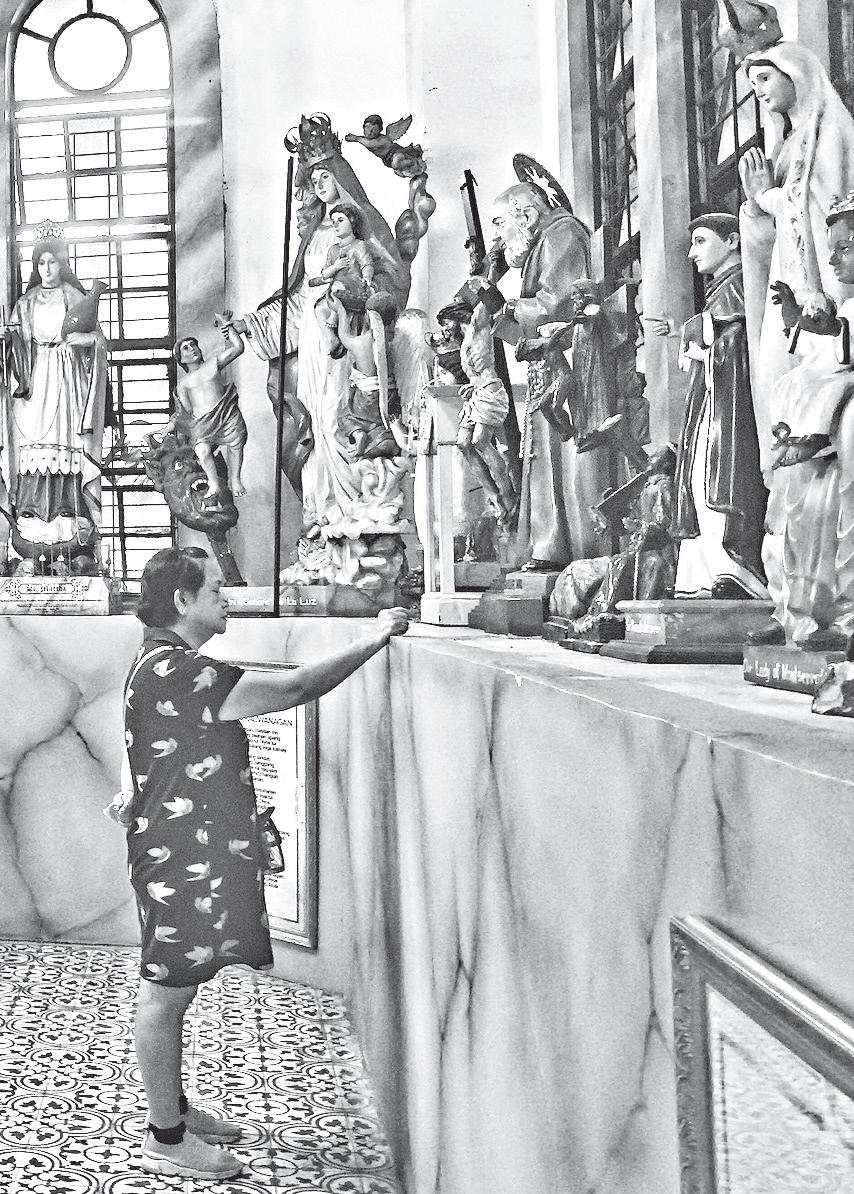
‘PBy Edwin P. Galvez
APET Pasyon [Puppet Passion],” the acclaimed and perhaps the first and only puppetry performance of the traditional Filipino Passion Play, “senakulo,” will be staged free to the public today, April 6, at 2:30 p.m. and 6 p.m. at the Cultural Center of the Philippines’ Tanghalang Ignacio Gimenez (CCP Black Box Theater) in Pasay City. Written for children as a “panata” (vow) by the late National Artist for Theater Amelia Lirag Lapeña-Bonifacio, this year’s puppet theatrical presentation on the passion, death and resurrection of Jesus Christ marks the 40th anniversary of its staging and comes two days after the playwright and educator’s 95th birth anniversary on April 4.
Using puppets by woodcarvers of Paete, Laguna, the puppet Passion Play presented by the Teatrong Mulat ng Pilipinas, or Mulat Theater, is told through the perspective of a young boy who experienced a miracle from Jesus and celebrates Filipino traditions during the Holy Week.
Founded by Lapeña-Bonifacio herself in 1977 to “awaken [Filipino] children to the beauty and richness not only of their own culture, but also of still unfamiliar Asian cultures,”Teatrong Mulat continues her panata today since the play was first staged at the CCP in 1985.
Teatrong Mulat has performed this annual Lenten endeavor in various churches, schools, and other performing spaces in Metro Manila and Bulacan until it made the Amelia Lapeña-Bonifacio Papet Teatro-Museo in Teacher’s Village, Quezon City, its permanent home in 2006.
During the pandemic, Teatrong Mulat
This assumption is based on religious beliefs such as that the Earth was created by God and therefore humans cannot and should not alter it, along with rejection of climate science and diminished concern about climate change.
We then surveyed a sample of Christian Americans from major denominations across the country and found they think roughly half of Christian leaders in the US, and in churches like their own, deny that humans cause climate change.
Given the actual number is closer to 1 in 10 based on the data we examined, it appears Christians overestimate the prevalence of climate denial among their leaders by around five times the level found in polling.
Churchgoers who think their religious
leaders don’t believe humans cause climate change report being less likely to discuss it with fellow congregants and less interested in attending events that aim to address climate change or raise awareness of the issue.
The research also tested what would happen if we informed churchgoers of the true level of consensus among their religious leaders who accept that climate change is driven by humans.
In a brief survey, Christians were told the percentage of Christian leaders nationally, and among their denomination specifically, who accepted that human activities cause climate change.
As a result, we found, their perceptions and attitudes toward climate change shifted in a variety of ways.
Specifically, churchgoers who were


produced and livestreamed two stage-to-film adaptations of the play in 2021 and 2022, and staged it at the newly renovated Metropolitan Theater of Manila in 2023.
While Papet Pasyon has been updated through the years—from the length of its text and the wooden rod puppets to the use of shadow play elements and voice-over recordings—it remained steadfast in its vision to present the senakulo through the art of puppetry that aims to bring the Passion of Jesus Christ closer to new and younger generations of audiences.
Papet Pasyon 2025 at the CCP, with its artistic director, Amihan Bonifacio-Ramolete, features an ensemble of seasoned and new “Mulateers” (Mulat Theater puppeteers), including Bonifacio-Ramolete herself. They are Raymund Ramolete, Roel Ramolete, siglo, Arvy Dimaculangan, Shenn Apilado, Khen Del Prado, Nour Hooshmand, Mina Camacho, Janno Castillo, Hazelle Catena, Ayeesha Cuerpo, Anna Dalet, Ravelyn Dar Juan, Vinzar Rubi, Harvey Sallador, and V Soriano. Vocal talents for the biblical characters
LED by its artistic director, Amihan BonifacioRamolete (in photo), “Papet Pasyon” 2025 at the CCP features an ensemble of seasoned and new “Mulateers” (Mulat Theater puppeteers).
are Esteban Mara Fulay, Jr., Greg de Leon, Jessamae Gabon, Carlito Camahalan Amalla, Pau Benitez, Fitz Edward Torres Bitana, Darwin Desoacido, Kenneth del Prado, Jules dela Paz, Arvy Flores Dimaculangan, Rej Duka, Marynor Madamesila, Christelle Manuel, Jessette Gonzales Namin, Marvin Olaes, Vincent Kevin Pajara, Aina Ramolete, Katte Sabate, Gabo Tolentino, and Jamee Stevana Vega.
Members of the artistic and production team are music director Rodolfo de Leon; puppet designers Bernadette Solina-Wolf, Maurice Carvajal, Joji Pamintuan, Carol Castro, Romerico Romero, and Carlito Amalla; puppet sculptors Paloy Cagayat and Jeriel Madrigal; set designer Ohm David; costume designer Darwin Desoacido; shadow play designer siglo; sound designer and editor Arvy Dimaculangan; audio engineer Jessamae Gabon; light designer and technical director Satya Edilo; video designer/editor Steven Tansiongco; poster designer and assistant stage manager V Soriano; stage manager Shania Lee Cuerpo; production manager Janno Castillo; and production assistant Malvin Abadinas.
For more information on Teatrong Mulat follow its social media accounts Facebook, X, Instagram, TikTok, and YouTube.

informed about the actual consensus among religious leaders in accepting climate change were more likely to state that “taking action to reduce climate change” was consistent with their church’s values.
Churchgoers who received this information were also more likely to feel it would be inconsistent with their church’s values to vote for a political candidate who opposes actions that could slow climate change.
These findings highlight that religious leaders have a unique power to influence climate action—but only if they let their beliefs be known.
What’s next
THESE findings are not focusing on what is going on in specific churches and
denominations. We provided churchgoers only with information on the consensus of acceptance of human-made climate change among Christian religious leaders across the US. A natural next step is to conduct research with religious leaders to examine the impact of their communication directly with their congregations, including if they convey the consensus described in this work. Religious leaders, often viewed as moral guides, have the ability to reshape climate discourse within faith communities. If they vocalize their acceptance of human-made climate change, we believe they can correct widespread misperceptions, foster dialogue and encourage action in ways that secular authorities may struggle to achieve. Arizona State University/The Conversation (CC) via AP


VATICAN CITY—Pope Francis spends part of his days at his desk working and concelebrates Mass daily in his private chapel, the Vatican, in signs of continued improvements during his convalescence at the Vatican after beating life-threatening double pneumonia.
“The pope is continuing physical and respiratory therapy, with the expected results, which means his voice is also improving,” the Vatican said. “There is obviously also time for work, which the pope does partly sitting at a desk.”
That included clearing the path to canonization for the first saints to hail from Venezuela and Papua New Guinea, as well as an archbishop killed during the massacres of Armenians in 1915.
The decrees were approved last Friday in coordination with the curia, or Vatican hierarchy, from Santa Marta, the Vatican hotel where the 88-year-old pope’s apartment is located.
Announced on Monday were the canonization of Peter To Rot, a layman from Papua New Guinea who was declared a martyr for the faith after he died in prison in World War II; Venezuelan religious founder Blessed María del Monte Carmelo; and Archbishop Ignatius Choukrallah Maloyan, who was executed during the mass killings of Armenians in 1915 along with 13 priests when they refused to renounce their faith.
Maloyan was among an estimated 1.5 million people killed in the events, which
are widely viewed by scholars at the first genocide of the 20th century. Turkey denies the deaths constituted genocide, saying the toll has been inflated and that those killed were victims of civil war and unrest.
Blessed María del Monte Carmelo, born Carmen Elena Rendíles Martínez, founded the Congregation of the Handmaids of Jesus.
The miracle attributed to her intercession involved a young woman in Caracas who was cured of a heart condition.
Pope’s condition
THE Vatican, which has reduced its updates on the pope’s health to twice weekly, said he remains in a good mood and continues to receive greetings of affection from the faithful.
An X-ray this week shows a “slight improvement” in a lingering lung infection, the Vatican said.
Doctors have said that the pope has recovered from the pneumonia, but that a fungal infection in his airways would take months to clear under pharmaceutical treatment.
Francis hasn’t had any official visitors since returning on March 23 to the Vatican, although the doctor who coordinated his hospital treatment at Rome’s Gemelli hospital, Dr. Sergio Alfieri, visited him last Wednesday and intends to make weekly visits to monitor his recovery. He is being attended at the Vatican by his regular medical team.
New audio message
DOCTORS have ordered two months of rest to fully recover and to avoid large gatherings.
The Vatican hasn’t yet said whether the pope would be able to participate in any celebration during Holy Week leading up to Easter on April 20.
On Wednesday, the Vatican will mark the 20th anniversary of St. John Paul II’s death with a Mass. Alfieri said that the pope was near death during an acute respiratory crisis eight days after his February 14 hospitalization, and that both the pope and his primary medical caregiver consented to “decisive” measures despite the risks that it posed to his organs.
The Vatican on Tuesday also released an audio message from the pope released before his hospitalization.
Speaking in Spanish, the pope said he “would like for us to look less at screens, and look each other in the eyes more! Something’s wrong if we spend more time on our cell phones, than with people.’’ He urged people to use “technology to unite, not to divide,’’ including to help the poor, the sick and the disabled, and to help care for the planet.
The pope was last seen upon his release from the hospital, appearing frail and his voice weak as he greeted well-wishers from a Gemelli hospital balcony. The Vatican previously released an audio recording of the pope in a wan voice thanking the faithful for their prayers, and a photograph of the pope concelebrating Mass inside his private chapel in the hospital, pictured from behind. Colleen Barry/Associated Press

Asean
Editor: Lyn Resurreccion

TBy Jonathan L. Mayuga
HE Philippines, an archipelago comprised of 7,641 islands and islets, is highly vulnerable to climate change and the degradation of its coastal ecosystem due to various factors that make the country more vulnerable to strong typhoons, tsunamis, storm surges, and sea-level rise. More than half of the country’s population lives in coastal cities and municipalities, and millions rely heavily on the bounty provided by nature by the sea.
To strengthen the country’s coastal ecosystem, the Zoological Society of London (ZSL) recently launched the National Blue Carbon Action Partnership (NBCAP) with the Department of Environment and Natural Resources (DENR).
The NBCAP, supported by the World Economic Forum’s (WEF’s) Ocean Action Agenda and the United Kingdom (UK) government’s Blue Planet Fund, aims to improve the protection and restoration of the so-called blue carbon ecosystems in the Philippines, ensuring their sustainability for climate resilience, biodiversity conservation, and community development.
Protection of people and the environment ACCORDING to ZSL, NBCAP is the Philippine arm of WEF’s global Blue Carbon Action Partnership, focusing on the protection of people and coastal environments through evidence-based interventions, strategic collaboration among stakeholders, and integrated management of resources.
It aims to develop and align sciencebased policies, financing, and conservation for blue carbon ecosystems—or the coastal and marine ecosystems, like mangroves, salt marshes, and seagrass meadows that capture and store significant amounts of carbon, playing a vital role in climate change mitigation, and providing other ecosystem services.
The ZSL pointed out that the initiative seeks to incorporate blue carbon strategies into national and local policies, enhancing coastal resilience and economic opportunities for coastal communities.
“The restoration of our blue carbon ecosystems is essential to the nation’s
MANGROVE seedlings (foreground) and fully grown ones (behind, right) in Bacon-Manito, Albay, with the majestic Mount Apo at the background.
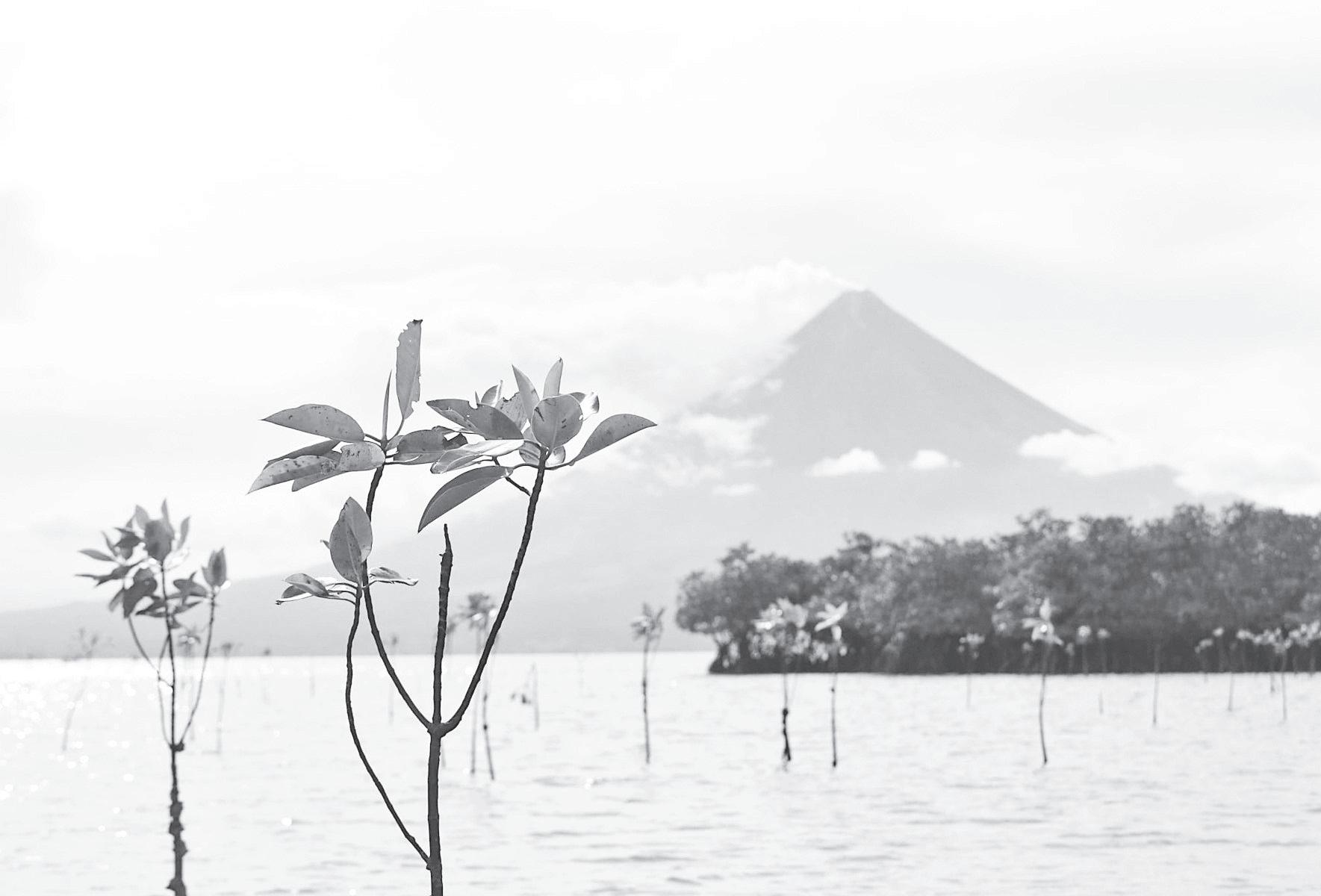
environmental and economic future. They serve as natural defenses, sources of food and livelihood, and carbon sinks, where carbon can be absorbed and stored,” said ZSL Philippines Country Director Edwina Garchitorena.
Storm protection, sustainable livelihood THE restoration efforts of mangroves, seagrasses, and tidal marshes is important because it has helped provide local communities with storm protection, food security, and sustainable livelihoods. It cited, for instance, a government-led project that restored abandoned fishponds in Leganes, Iloilo, into a healthy mangrove forest and ecology park, boosting marine biodiversity, and creating jobs for local women and community members.
In Katunggan It Ibajay Eco-Park in Aklan, a restoration project highlighted the vital role of mangroves in coastal resilience and provides a sustainable source of income for the local communities managing the park.
During the launch, experts led by Dr. Severino Salmo II, professor and University Scientist at UP Diliman, Dr. Dixon Gevaña, professor and University Scientist at UP Los Banos, and Dr. Yasmin Primavera-Tirol, dean of the College of Fisheries and Marine Science at Aklan State University, emphasized that blue carbon ecosystems benefit local communities and contribute to the global

AYNILAD Water Services Inc.
(Maynilad) recorded an 84-percent increase in student engagement in its 2024 wastewater education campaign, reaching 4,636 participants— the highest to date. The surge reflects growing awareness of wastewater management’s importance and Maynilad’s strengthened efforts to educate communities across Metro Manila.
Covering 32 schools in Manila, Quezon City, Muntinlupa, Valenzuela, Pasay, and Parañaque, the campaign was conducted in close coordination with local Department of Education (DepEd) officials to maximize school participation and ensure effective knowledge dissemination.
blue economy by supporting fisheries and tourism.
Conserving them aligns with the Philippines’ commitment to international biodiversity and climate agreements, reinforcing the country’s role in global biodiversity conservation and climate resilience, they added.
Accessing scientific data
RESEARCH on the carbon storage capacity of mangroves and other ecosystems has been conducted in the Philippines for over a decade.
However, access to the studies and methodologies remains limited.
Addressing this gap is one of the key objectives of NBCAP, which aims to enhance the availability and utilization of scientific data to support conservation and policy efforts.
NBCAP aims to address this challenge by fostering multi-sectoral collaboration.
“Through NBCAP, we will convene scientists, policy-makers, and community stakeholders to develop and guide highimpact and high-integrity programs that aim to restore all blue carbon ecosystems,” Garchitorena said.
“Our goal is to attract more partnerships, funding, and legislative support to ensure the effective protection and sustainable management of these vital ecosystems,” she added.
NATURE enthusiasts and advocates participated at the “Feast from the Forest: A Taste of Biodiversity” at La Mesa Ecopark (LME) to celebrate the International Day of the Forests (IDF).
Organized by MAD Travel, in partnership with Manila Water Foundation (MWF), the event highlighted the rich biodiversity of the Philippines, while promoting sustainable livelihood and conservation efforts.
This year’s IDF, themed “Forests and Food,” emphasized the importance of these initiatives.

WHILE challenges remain, local government and community-led restoration efforts are making a significant impact.
Palawan, Surigao, and Tawi-Tawi now hold the highest blue carbon stocks in the country, with the Verde Island Passage contributing around 10 percent of the national total.
With the DENR at the forefront of environmental policy, driving initiatives to protect marine and coastal ecosystems, together with its organizing partner and secretariat for NBCAP, the ZSL, it has been actively engaged in mangrove rehabilitation and sustainable coastal management in the Philippines since 2009.
Through the NBCAP, blue carbon initiatives will advance to protect coasts, create jobs, boost food security, and enhance climate resilience in the Philippines.
Partnership for conservation
UNDERSECRETARY Jonas R. Leones, for Policy, Planning, and International Affairs, delivered Environment Secretary Maria Antonia Yulo-Loyzaga’s message and told the participants of the NBCAP launching that the event brings together distinguished partners from across sectors dedicated to blue carbon ecosystem conservation.
He said coastal ecosystems are essential not only for climate resilience and biodiversity but also for the livelihoods of countless communities, which, depending on their
health and sustainability, also underscores the strength and depth of the partnership.
“This assembly is a dynamic platform for visionaries, experts, and stakeholders to unite to align our goals and strategies for blue carbon conservation. Today is an opportunity to reflect on the progress we have made, tackle challenges ahead, and collaborate on actionable solutions and programs to scale our conservation efforts,” Leones said.
Blue Carbon Conservation Roadmap
HE shared that last year, the DENR forged numerous new partnerships that propelled the country forward on the roadmap of Blue Carbon Conservation.
Notably, he said the Environment Department collaborated with the Philippines Space Agency to develop a comprehensive geological database for environmental and natural resources accounting.
“This partnership resulted in the creation of the nationwide mangrove map extension in 2023. It is continuously updated through citizen science-based ground validation. Later this year, we will expand this initiative to map the extended seagrass and coral reef ecosystems,” he said.
The DENR, Philippine National Police (PNP), and the Department of Agriculture Bureau of Fisheries and Aquatic Resources convergence played a key role in aligning policy guidance and coordinating coastal

and marine habitat conservation initiatives.
“The DENR, PNP, and PCG [Philippine Coast Guard] convergence has further bolstered our efforts to protect this ecosystem through rehabilitation and protection programs for vulnerable coastal communities,” Leones said.
He said their engagement with the Department of Interior and Local Government remains instrumental in advocating for the passage of the Integrated Coastal Management and Coastal Green Bill.
“Both of which are critical to advancing our conservation objectives. Our ongoing collaboration with the non-environmental organizations and academic institutions continues to amplify the impact of our collective work,” he said.
Ocean Environment Task Force EARLY this year, the DENR chief issued Special Order 2025-98 establishing the Ocean Environment Task Force.
“This new task force is to be supported by four of the country’s foremost marine scientists and is expected to streamline our ocean-related policies and programs through comprehensive consultation and collaboration. Through this initiative, we are also establishing eight new marine safety equipment stations across the archipelago,” Leones said.
He noted that the DENR also fostered discovery, collaboration and innovation with higher-education institutions, the national government, and the private sector.
“Whether each of you contributes policy insights, technical expertise, or community-level knowledge, they play vital roles in the success of the National Blue Carbon Action Partnership initiatives. Together, we are crafting a stronger, more resilient framework for integrating blue carbon solutions into our national development goals and global climate commitments,” he said.
“As we engage in today’s discussion, let us do so with open minds [imbued] by the spirit of innovation and a shared sense of purpose. Indivisibly, the ideas and actions that arise from this conversation will not only strengthen our efforts but also reinforce our leadership in advancing sustainable conservation and climate solutions,” Leones pointed out.
sustainable practices, and environmental stewardship and education.
Additionally, LME promotes food security and enhances biodiversity by maintaining a balanced ecosystem. It also serves as a buffer zone, protecting the Dam from encroachment.
LME is home to numerous Philippine endemic trees—such as molave, narra, namio, antipolo and pili.
Recognizing the youth as key influencers in their families and the next generations of Maynilad customers, the campaign seeks to empower students to make informed decisions that support environmental sustainability and public health.
By equipping them with knowledge on proper wastewater management, Maynilad enables them to influence their households and communities toward more responsible water usage and sanitation practices.
“By making wastewater education more engaging and accessible, we empower students to appreciate its impact on the environment and the importance of proper treatment,” said Engr. Zmel Grabillo, head of Maynilad’s Wastewater Management Division.
Since 2016, Maynilad’s wastewater education program has reached nearly 12,000 students across 207 schools. To further expand its impact, the company is proposing a wastewater treatment module for teachers through DepEd National Capital Region, ensuring wastewater education becomes a sustainable, longterm part of the curriculum.
The West Zone water concessionaire, Maynilad enhanced learning through animated educational videos, which captivated young audiences by simplifying complex wastewater management concepts. Interactive Question and Answer sessions further deepened students’ understanding, with many expressing surprise at learning that wastewater undergoes treatment before being released, and that communities play a crucial role in ensuring proper sewerage and sanitation—that are key to protecting public health and the environment.
Participants enjoyed a curated tasting experience featuring locally sourced coffee, tea, and honey, showcasing the unique flavors of the country’s most biodiverse regions.
Through storytelling and discussions, they gained insight into the environmental challenges faced by these communities and the role they can play in preserving nature.
Beyond the tasting, guests embarked
on an eco-walk through La Mesa Ecopark, where they engaged in tree planting to contribute to ongoing reforestation efforts.
Proceeds from the event will support the redevelopment of the ecopark and MAD Travel’s sustainability initiatives.
“The event successfully fostered a deeper appreciation for nature, uniting individuals in their commitment to environmental preservation. As reforestation and conservation continue to be pressing global issues, Feast from the Forest served as a powerful reminder of how small actions can make a significant impact,” said Murphy Amparo, operations manager of La Mesa Ecopark. The ecopark plays a crucial role in preserving the health of the La Mesa Dam and its water sources, which aids in ensuring water supply availability for Metro Manila, through forest conservation,

It may be recalled that Manila Water Co., in partnership with the Metropolitan Waterworks and Sewerage System and the Quezon City government, successfully opened the La Mesa Ecopark to double down on promoting environmental stewardship. Under the supervision of the MWF, the management of the ecopark aims to contribute to UN Sustainable Development Goals (SDGs): SDG 7 (Affordable and Clean Energy), SDG 11 (Sustainable Cities and Communities),
A12
SundAy, April 6, 2025
mirror_sports@yahoo.com.ph
Editor: Jun Lomibao
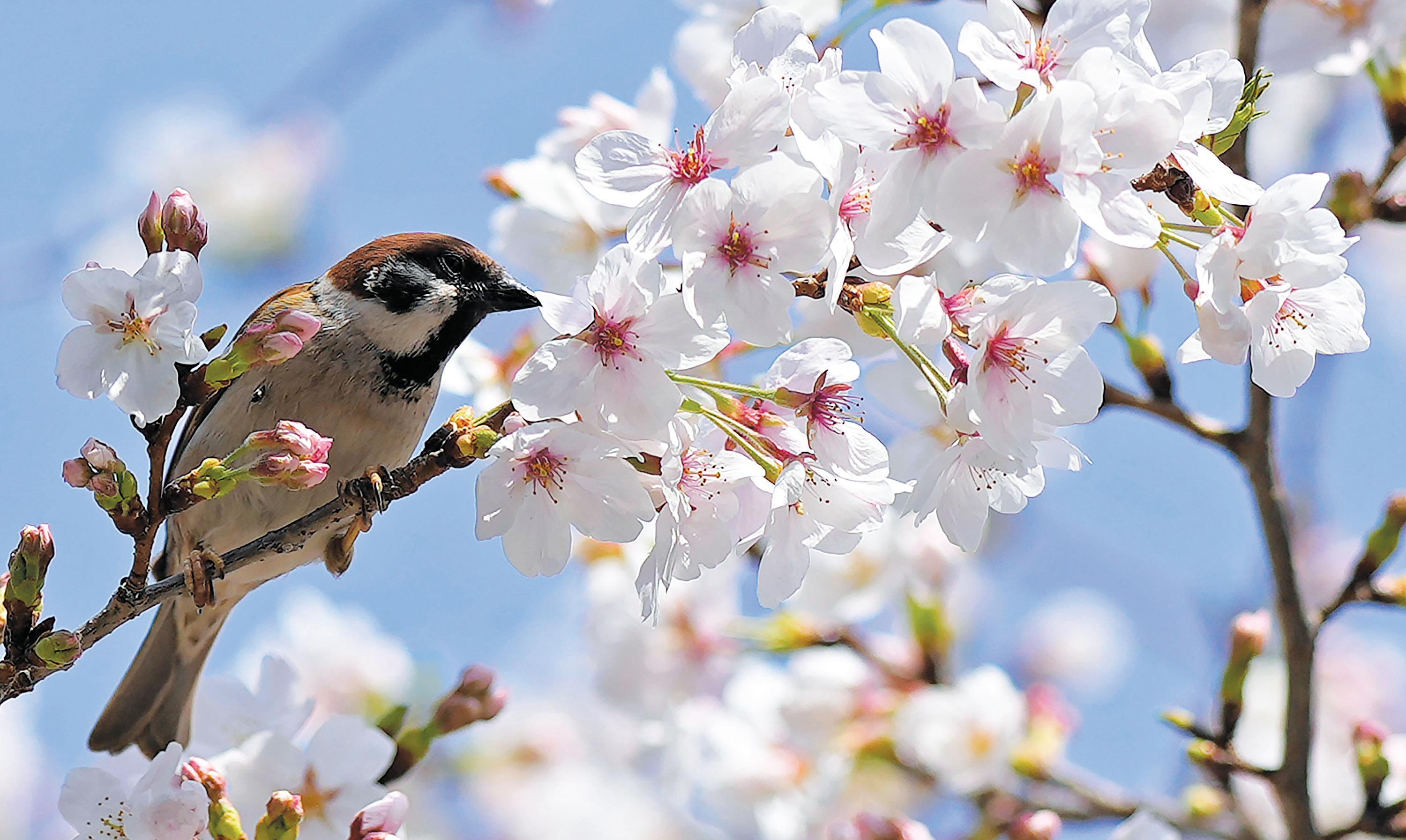

A suit seeks more money for players, saying too little of the revenues end up in the athletes’ hands, and lays out a series of other complaints about the way the sport is run.

NOVAK DJOKOVIC, Jannik Sinner, Aryna Sabalenka and Coco Gauff are among 20 leading tennis players who signed a letter sent to the heads of the four Grand Slam tournaments seeking more prize money and a greater say in what they called “decisions that directly impact us.”
The letter, a copy of which was obtained by The Associated Press, is dated March 21 and begins with a request for an in-person meeting at this month’s Madrid Open between representatives of the players and the four people to whom it was addressed: Craig Tiley of the Australian Open, Stephane Morel of the French Open, Sally Bolton of Wimbledon and Lew Sherr of the US Open. At the bottom of the message are the handwritten signatures of 10 of the top 11 women in the rankings from the week of March 3—Elena Rybakina’s name is missing—and the full list of the top 10 men that week.
The women are the No. 1-ranked Sabalenka, Gauff, Iga Swiatek, Jessica
Pegula, Madison Keys, Jasmine Paolini, Emma Navarro, Zheng Qinwen, Paula Badosa and Mirra Andreeva.
The men are the No. 1-ranked Sinner—who is currently serving a three-month doping ban—24-time major champion Djokovic, Alexander Zverev, Carlos Alcaraz, Taylor Fritz, Casper Ruud, Daniil Medvedev, Andrey Rublev, Stefanos Tsitsipas and Alex de Minaur.
Of the 20, 15 have won at least one Grand Slam title or reached a major final.
The players outline three areas they want to focus on:
n Grand Slam tournaments should make financial contributions to player welfare programs funded by the two pro tours.
n Prize money should increase “to a more appropriate percentage of tournament revenues, reflective of the players’ contribution to tournament value.”
n The athletes should have more say in decisions “directly impacting competition, as well as player health and welfare.”

News of the letter—which was first mentioned by French sports newspaper L’Equipe—arrives about two weeks after the players’ association cofounded by Djokovic filed an antitrust lawsuit against the women’s and men’s professional tours, the International Tennis Federation and the sport’s integrity agency in federal court in New York.
Djokovic was not listed as one of the plaintiffs, because he said he wanted to see other players step up.
That suit seeks more money for players, saying too little of the revenues end up in the athletes’ hands, and lays out a series of other complaints about the way the sport is run.
The antitrust filing last month included a reference to a report “that the US Open generated more revenue from the sale of one specialty cocktail [$12.8 million] than it paid to the men’s and women’s champions combined.”
The US Tennis Association (USTA) offered a record total of $75 million in total compensation—which includes prize money and payouts to cover players’ expenses—for its Grand Slam tournament
SUZUKA, Japan—The Japanese Grand Prix on Sunday is only the third Formula 1 race of the season, and several plots are developing that promise a few twists in addition to the turns on the famous Suzuka circuit. But the fresh storylines could be as fleeting as the cherry blossoms seen all over Japan at this time of the year.
There’s McLaren, which has been the early force after winning the first two races. Are Lando Norris and Oscar Piastri about to run away with the season just as Red Bull and Max Verstappen have in winning the last four drivers’ titles?
How about seven-time champion Lewis Hamilton, who moved this season from Mercedes and is looking for his first victory for Ferrari. He won the sprint two weekends ago in Shanghai. In Sunday’s main race in China, he and teammate Charles Leclerc were disqualifed for technical infringements. And back to the cherry blossoms in Japan—the season typically lasts for only about two weeks, from the initial blooms to its splendorous peak. A sellout crowd of about 115,000 on Sunday at Suzuka—the Hondaoperated track in central Japan—will be following every lap of Japanese driver Yuki Tsunoda . Tsunoda was promoted to Red Bull last week from Racing Bulls, its feeder team.
A Japanese driver has never won an F1 race.
For the purists, it’s McLaren MCLAREN has been much better than everyone else in the first two races. Norris won in Australia and Piastri in China. Norris has 44 points to lead the driver standings followed Verstappen with 36, George Russell of Mercedes with 35, and Piastri on 34.
“We know realistically the McLarens are exceptionally strong, and I think it’s going to be challenging for anybody else to compete with them,” Russell said. “But you know, we saw last year how dominant Red Bull were, and suddenly they weren’t at the end of the season.”
Ditto Charles Leclerc at Ferrari.
“Our performance compared to McLaren is just not good enough,” Leclerc said.
Might Hamilton break through?
Seven-time world champion Hamilton has won five times in Japan, but not since 2018. Foremost on Ferrari’s mind is having Hamilton and Leclerc disqualified in China for those technical infringments.
“It’s been a very difficult first part of the season,” Hamilton’s teammate Leclerc said on Thursday. “The first two races were difficult, the pace was not where we expected it to be, and to lose even more points than we already did with that, it hurts the team a lot.”
in 2024. That represented an increase of about 15 percent from the $65 million offered in 2023 at the US Open.
Based on currency exchange figures at the times of the events, Wimbledon had about $64 million in prizes last year, with the French Open and Australian Open both at about $58 million.
“The USTA is always available for and welcomes open and direct conversations with players, whether on site at the US Open or at any other point of the year, as we are consistently looking for ways to enhance our event for the benefit of players and fans,” spokesman Brendan McIntyre said in a written statement.
“The USTA is incredibly proud of the US Open’s leadership in player compensation throughout its history and our support to grow professional tennis not only in the United States but worldwide,” he wrote. “This includes offering equal prize money to men and women for more than 50 years and awarding the largest purse in tennis history at the 2024 US Open.”
The next Grand Slam tournament is the French Open, with main-draw matches starting in Paris on May 25. AP
‘I’m confident because whenever you make mistakes, you learn from them, especially when they cost that much,” he added.
Hamilton has nine points. He was 10th in Australia after his win in the Shanghai sprint.
Tsunoda—Gambare!
THE phrase, roughly translated from Japanese into English, means “Tsunoda, go for it!”
Expect almost all of the 115,000 sellout crowd on Sunday to be wildly supporing Tsunoda. Having Tsunoda promoted from Racing Bulls to Red Bull—the feeder team to the No. 1 team—gives Japanese fans hope.
Almost 20 Japanese drivers have particiaped in F1 and none has won a race. Three have reached the podium with third-place finishes—Aguri Suzuki in 1990 and Kamui Kobayahi in 2012, both at the Japanese GP,





Publisher :
T. Anthony C. Cabangon
Lourdes M. Fernandez
Editor-In-Chief :
Concept :
Aldwin M. Tolosa
Y2Z Editor :
SoundStrip Editor : Group Creative Director : Graphic Designers :
Jt Nisay
Edwin P. Sallan
Eduardo A. Davad
Niggel Figueroa
Anabelle O. Flores
Contributing Writers :
Tony M. Maghirang
Rick Olivares
Jill Tan Radovan
Reine Juvierre S. Alberto
John Eiron R. Francisco
Pocholo Concepcion
Francine Y. Medina
Justine Xyrah Garcia
Bea Rollo
Trixzy Leigh Bonotan
Bless Aubrey Ogerio
Photographers :
Bernard P. Testa
Nonie Reyes
Y2Z & SOUNDSTRIP are published and distributed free every Sunday by the Philippine Business Daily Mirror Publishing Inc. as a project of the
The Philippine Business Mirror Publishing, Inc., with offices on the 3rd Floor of Dominga Building III 2113 Chino Roces Avenue corner Dela Rosa Street, Makati City, Philippines. Tel. Nos. (Editorial) 817-9467; 813-0725. Fax line: 813-7025
Advertising Sales: 893-2019; 817-1351,817-2807.
Circulation: 893-1662; 814-0134 to 36. www.businessmirror.com.ph
WBy: Ica Hontiveros-Cheng
HEN I got the invitation to interview David Archuleta I immediately jumped at the chance as I felt that it was like a full circle moment. You see, back in 2009 I was a chaperone to my sister and her friend when they saw David Archuleta and David Cook in concert in Manila.
Both David (Archuleta) and I were amazed at the amount of years that have passed (almost twenty!) since then. And in that amount of time, Archuleta has learned to grow into himself, to love and accept himself and his sexuality, and this was not an easy journey for the thirty-four year old singer, who was once part of the Church of Jesus Christ of Latter-day Saints.
At the start of the media roundtable, Archuleta, who spent some time in the Philippines greeted the media present with a hearty ‘Mabuhay!’ he was all smiles as he did so, his big round hazel eyes shining.
There were many media present during the interview but Archuleta had a sincere smile for each one, with a personalized compliment or remark. He was relaxed and comfortable and not only answered questions but also told stories and anecdotes. It didn’t seem like an interview but it felt more like catching up with an old friend.
A little flirtier and a lot of fun
WHEN asked about his latest single “Crème Brulée” which is a playful, flirtatious and fun pop song, this is what Archuleta had to say about the song: “Someone was really after me and wanted everything from me right away-but you’ve gotta work for it if you want more from me. You may have had a taste that makes you go crazy (“yo te vuelvo loco” is “I make you crazy” in Spanish) -David sings Spanish verses in the song, his mother and grandfather helped make sure that the Spanish lyrics were up to par.
“I’ve always been in touch with my Latin roots but I never really had space for it before (in my songs) I recorded a Spanish version of ‘Crush’ (his first single, fresh off his American Idol runner up win) and the record label for whatever reason did not want to release it. They felt that I was not going to “sell” as a Spanish artist “ Archuleta shared.
“This was the first time that I did a pop song in my career singing in Spanish and I’m hoping to implement more of that into my music,” he continued. “Since I’m showing more of myself, I might as well show the Latin side of me too.” Archuleta smiled with a twinkle in his eye.
“I feel sexier when I speak in Spanish,” he continued. “When I get in touch with the Latin side, there is that Latin flame that comes on, he wiggles his fingers to mimic a flame. It’s been a great way for me to get comfortable in my own sensuality” he adds.
Archuleta said that he has been exploring his own queerness (he came out as queer in 2021). He has been embracing it, accepting it, and this is evident in “Crème Brulée”. “I’m a little more flirtier now. It’s fun”
“I’ve grown up.” David says. “It’s time to have fun, I’ve been afraid to have fun. It feels liberating and freeing. I’m finally having my time to learn and try new things. It’s been a blast and I feel that it comes out in ‘Crème Brulée’ the singer muses. “I was always so shy before, but now it’s like screw it, I’m here to have a good time. If I make mistakes I’ll learn from the mistakes, and so be it. You’ll get up and you’ll be older and wiser. Since I don’t have that fear anymore, I’m just able to be more playful with life and in my music. And it’s been so fun, I’ve been dancing more in my shows. I feel like it’s a great time in my career.” Archuleta said.
A great love for the Philippines
WHEN asked about any plans to come back to the Philippines, Archuleta was very eager. “I love the Filipinos so much. A lot of people think I’m Filipino because of how I look and the way I behave. I have Filipino friends here in LA and we get along, we have the same sense of humor, we’re kind of all the same height (gestures
his height with his hands) they like music, they like dancing, they like laughing, they can get a little shy but also a little flirty. I always feel at home when I go there (The Philippines) . There are people who are very kind, they have that Latino passion in them. Not as fiery as the Latinos but they still have that passion.”
“I’m just thankful to have that bond with the Filipino fans, especially after doing the ‘Nandito Ako’ mini serye, it’s like I always a special place in my heart for the Philippines and I will always be coming back and will always be grateful for the support that you have all shown me.”
Since he has done a cover of a Filipino song before (Ogie Alcasid’s ‘Nandito Ako’) David was asking for suggestions for new songs he could cover. He took note of TJ Monteverde, and for a fun, flirty song BINI’s ‘Blink Twice’, so there might be a David Archuleta cover of those songs in the future.
David’s journey has not been an easy one, but if there’s anything that I learned about this encounterfrom seeing this singer up on stage performing almost twenty years ago to speaking with him about self-love and acceptance, is that it’s never too late to live your truth. And if that is through a fun and flirtatious bilingual pop anthem, then pump up the volume and let’s just dance.
“Crème Brulée” is available to stream via streaming platforms and don’t forget to check out the fun and sultry music video that’s just perfect for summer!

THE visual arts and music, like wine and cheese, go well together.
Back in the 1990s, it was normal, for instance, to hear something like Talking Heads blasting out of Gerry Tan’s studio back in the day at art patroness Daisy Langenegger’s house at Quezon City.
Romeo Lee would take it one step higher by going onstage and screaming “Wild Thing” — backed by the Eraserheads at Red Rocks/Club Dredd.
Art exhibitions these days would be boring without a DJ spinning music. Underground Gallery (UG) in Makati Central Square has Par Sallan aka Par Satellite playing his prized record collection during art show openings.
UG owner Manny de Castro recalls the date, Jan. 26, 2015 at the inaugural show of his gallery when he hired Par as the DJ: “I met him through mutual friends who shared the same passion for music.”
De Castro says he liked Par’s musical taste and “shared love for The Clash, The Jam, and The Specials, making him the perfect DJ for our events. He effortlessly channels that infectious spirit into every set, transforming each event into an unforgettable experience.”




When Par — who’s been having health issues lately — asked if he could use UG for a benefit show organized by artist Lynyrd Paras, De Castro said yes right away.
“When other artists heard about it, they volunteered to join and help Par. The main goal of the show is to raise funds for Par’s surgery, and I hope we can generate enough to cover his medical expenses,” says De Castro.
The show, “4Par,” features the works of 32 artists, namely: Beng Espiritu, Bert Antonio, Bjorn Calleja, Camille Ver, Carl Dumdum, Cecile de Jesus, Cris Villanueva, Edmon Yanga, Elmer Borlongan, Erick Encinares, Geremy Samala, Horhe Jacinto, Jayson Olivera, Jed Escueta, Jigger Cruz, Joseph Fraylon, Juni Salvador, Kiko Escora, Lala Gallardo, Lena Cobangbang, Lendl Arvin,

Louie Cordero, Lourd de Veyra, Lynyrd Paras, Mariel Garcia, Max Balatbat, Nilo Ilarde, Pablo Zingapan, Raj Zulueta, Rhaz Oriente, Romeo Lee, and Tita Keks.
Par’s friends were on hand on opening night on April 3, including broadcast journalist and Brixton Art Space owner Jay Taruc, Terno Recordings and This Is Pop boss Toti Dalmacion, Fred Perry PH’s John Carlo Pabalate and Elaine Domingo, Betrayed’s Buddy Trinidad, Urban Bandits’ Arnold Morales, events promoter Ish Orbe, DJ Chie Castañeda, Par’s buddy, drummer Nonong Timbalopez, and participating artists Ilarde, Borlongan, Lee, and Paras.
“4Par” runs till April 18, Underground Gallery, 2nd Level, Makati Central Square (formerly Makati Cinema Square), Don Chino Roces Ave. Makati; tel. 0927 511 8489

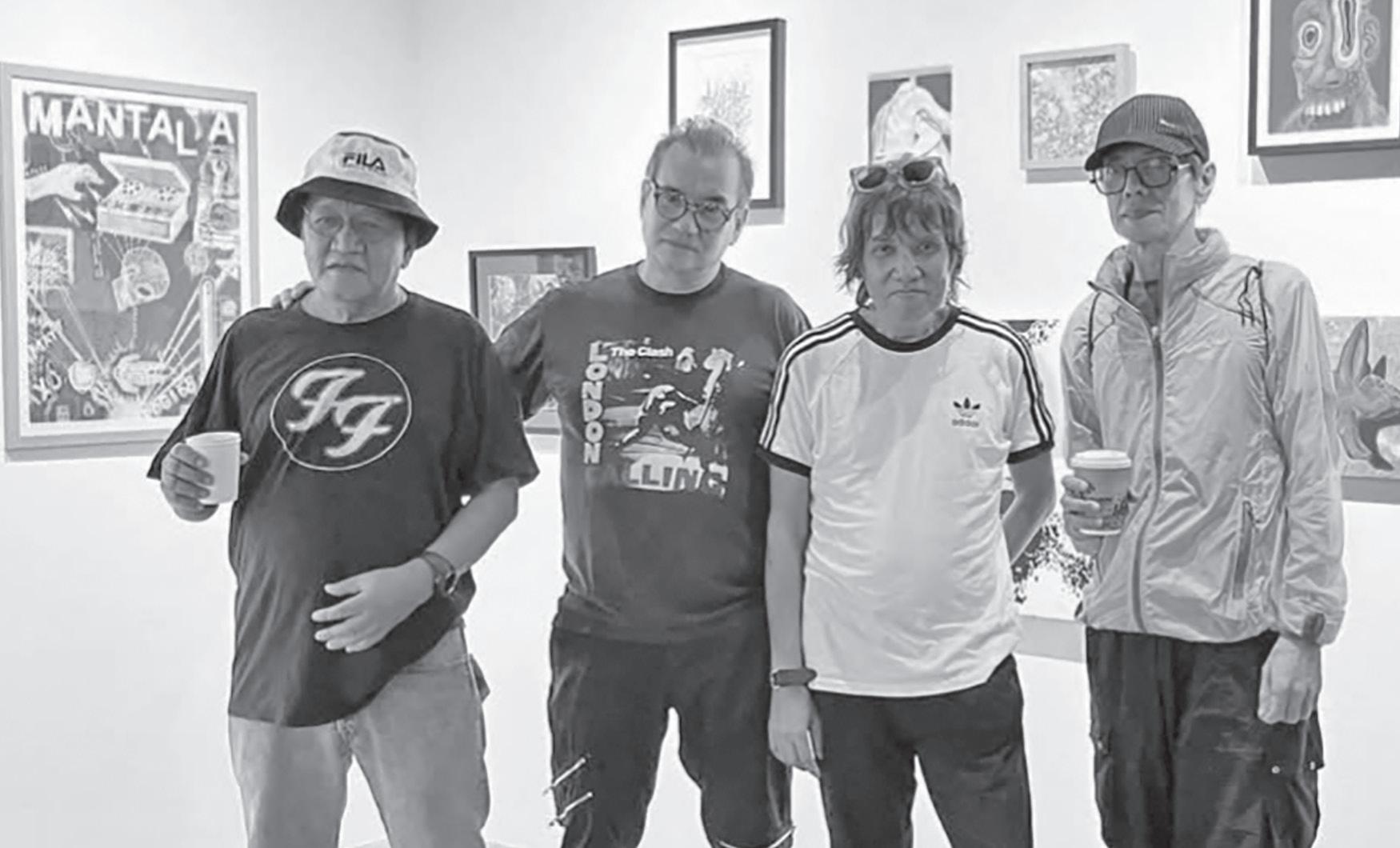
By Vasileia Karasavva & Amori Yee Mikami
of British Columbia
YOUNG adults
love TikTok. In 2024, the app had nearly 2.5 billion active users, 60 percent of them under 35 years old.
Increasingly, young people are turning to TikTok for advice and information on a range of topics and issues, and that includes mental health information to guide their health-care decisions. Among those topics is attention-deficit/hyperactivity disorder (ADHD). Content about ADHD is thriving on TikTok, with videos using related hashtags garnering tens of billions of views.
However, navigating and accessing reliable health-care information online can be challenging, especially for people from marginalized communities who often feel like their concerns are dismissed or minimized.
At the University of British Columbia’s Promoting Equitable, Affirming Relationships Lab, we are exploring whether that’s more helpful or harmful.
ADHD is a neurodevelopmental condition that affects around five to nine percent of children and around five percent of adults in Canada.
Common ADHD symptoms include difficulties with inattention (trouble focusing, losing things or making mistakes), hyperactivity (fidgeting or restlessness) and impulsivity (interrupting others or struggling with patience).
There is no single way to have ADHD, and one person’s experiences can be very different from someone else. Diagnosis involves a thorough and fairly long evaluation, often including interviews, questionnaires and reports from family members, teachers or co-workers.
MANY adults with ADHD who don’t fit the archetype of a young boy with hyperactivity can often be left undiagnosed and struggle with their symptoms. TikTok offers a space where people from all backgrounds and walks of life can share their experiences, find community and discuss how ADHD manifests for them and how they manage it.
At the same time, short and engaging content is TikTok’s bread and butter. Creators who want to go viral are incentivized to make bold claims.

“ WE want to urge people to be more critical of the content they consume and consider that it might not fully represent ADHD,” write the authors Vasileia Karasavva, a PhD student and Amori Yee Mikami, a professor, both at Department of Psychology of the University of British Columbia.
For example, procrastination can be a sign of ADHD. However, while procrastination is more common in people with ADHD, it is also something that occurs in other mental health conditions like depression, and is something that everyone does at least a little bit from time to time.
But on TikTok, procrastination might be framed as a clear-cut sign of ADHD, making viewers question whether they have it. Some creators also present exaggerated actions that are funny, like walking into things, as being among ADHD symptoms, when clumsy walking is not something that usually happens to people with ADHD.
IN our recently published study, we had two clinical psychologists who research and treat ADHD watch the top 100 most popular #ADHD TikToks. They looked at how accurate the information was, according to professional standards, and how helpful they found the videos in teaching people about ADHD.
Many of the videos were incredibly popular, averaging more than half a million views and almost 100,000 likes.
However, we found that 94 percent of these videos didn’t cite any reliable sources. This tracks with the fact that more than half of the claims made in the videos were not backed up by science and did not match the official diagnostic criteria of ADHD, according to the psychologists who evaluated them.
Even more concerning, many of the vid-
eos were trying to sell something or asking for money through Venmo or Amazon Wishlists.
How does ADHD content affect TikTok users?
NEXT, we wanted to understand how these videos impact viewers.
We recruited 843 undergrads between the ages of 18 and 25 with varying experiences with ADHD (profes -
dent they were about having ADHD three times: Before watching any TikToks; right after watching TikToks; and after watching a short video from a clinical psychologist breaking down what the TikToks got right and wrong.
People with an official ADHD diagnosis stayed confident about their ADHD throughout. However, those who initially didn’t think they had ADHD became less sure after watching the TikToks, while those who self-diagnosed became more convinced they had ADHD.
After watching the psychologist video, those without ADHD regained their confidence that they didn’t actually have ADHD. However, those who self-diagnosed stayed just as convinced they had ADHD, even after hearing the psychologist’s explanation.
WE don’t want our research to scare away people from discussing their symptoms and finding community online. TikTok can be a great place to express yourself and find others with similar struggles.
Instead, we want to urge people to be more critical of the content they consume and consider that it might not fully represent ADHD.
For example, if you are seeking mentalhealth information on social media, you can:
1) Check the source. Is the information posted by a reputable organization (for example, medical institutions, universities, research centers, ADHD advocacy groups)?
2) Look for expertise. What are the content creator’s credentials? Are they a doctor or a registered clinical psychologist?
3) Crosscheck information. Does the information match up with authoritative information from other sources relying on
‘The solution isn’t just better content.’
sionally diagnosed, self-diagnosed, or did not have ADHD). Participants watched the videos that the psychologists had rated as the top five and bottom five. We found that the young adults who watched more TikToks about ADHD were also less critical of them, giving a higher score to the bottom psychologist-rated TikToks.
A high diet of ADHD-related content was also related to the way that users viewed ADHD. The young adults who watched more TikToks about ADHD also estimated that ADHD was almost seven to 10 times more prevalent than it actually is in the general population and felt worse about their own symptoms.
We also asked participants how confi-

research like the Centers of Disease Control, World Health Organization or other medical authorities?
4) Be wary of absolutes. Remember, ADHD is complex.
5) Follow the money. Is the content creator trying to sell you something (like supplements that claim to cure ADHD, ADHD coaching, ADHD diagnosis website).
The bottom line is that we need more accurate information about ADHD on social media. But the solution isn’t just better content. We need to tackle barriers to healthcare access and rebuild trust between young people and mental-health experts. The Conversation
n Cover photo by Nik on Unsplash